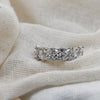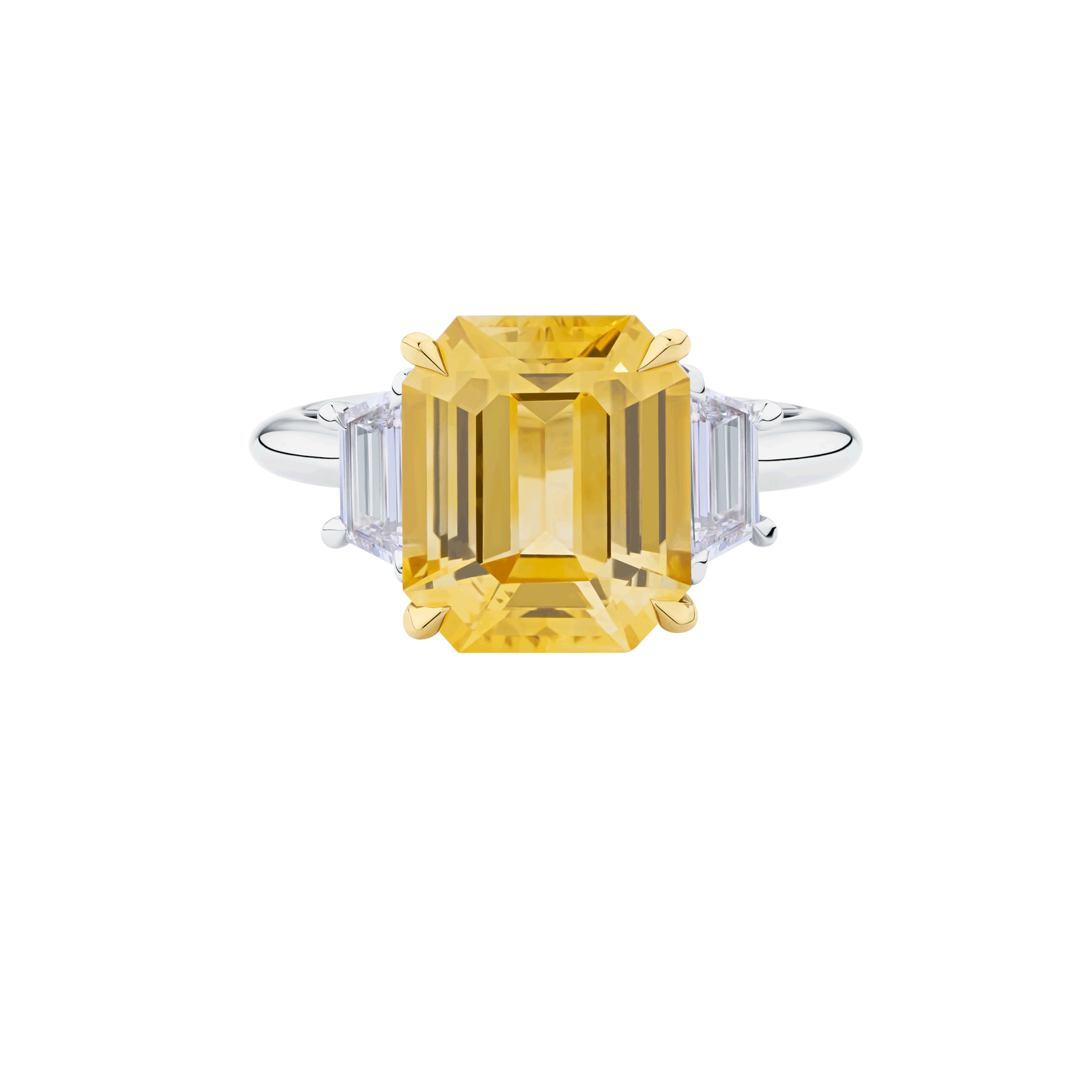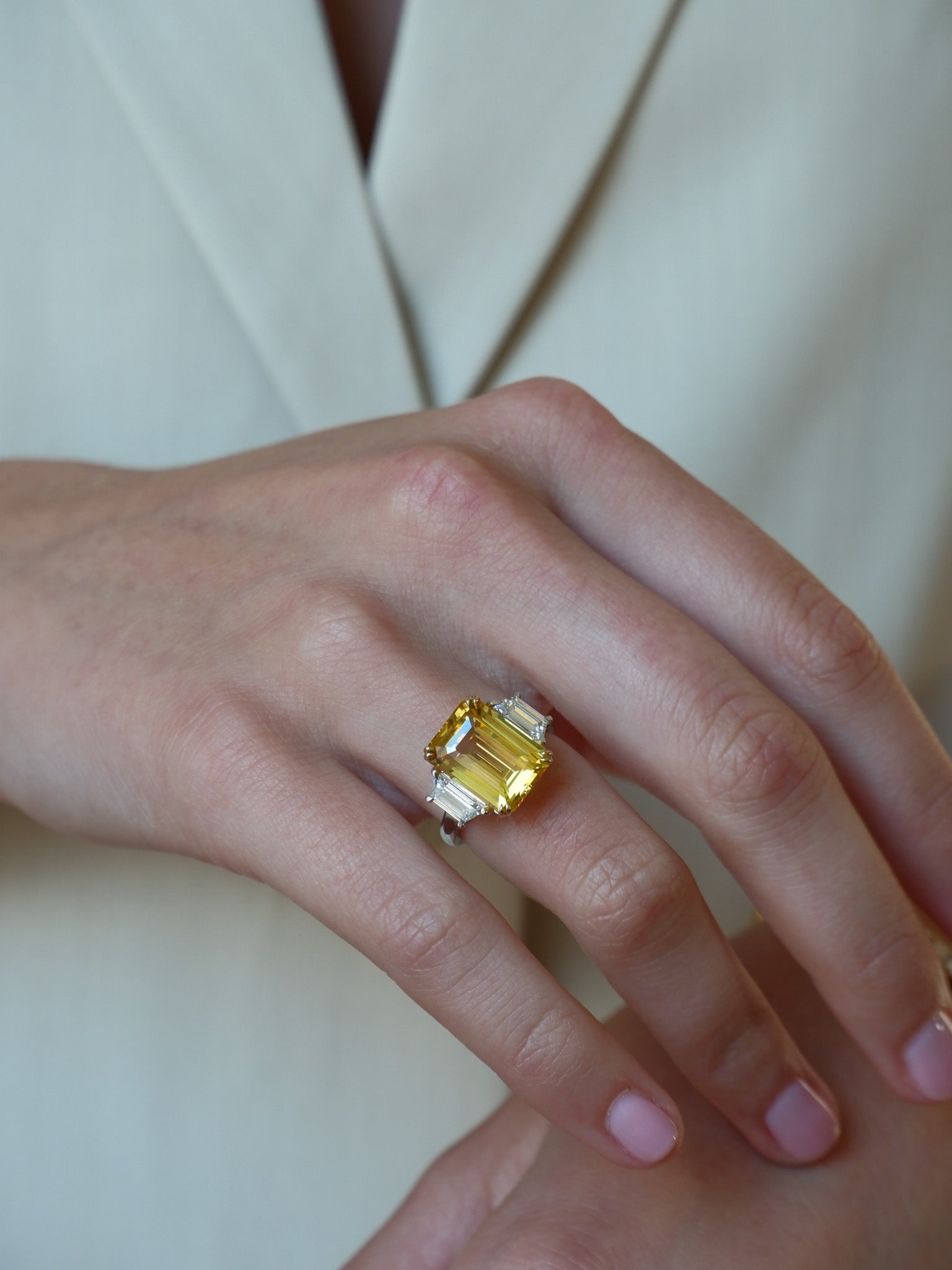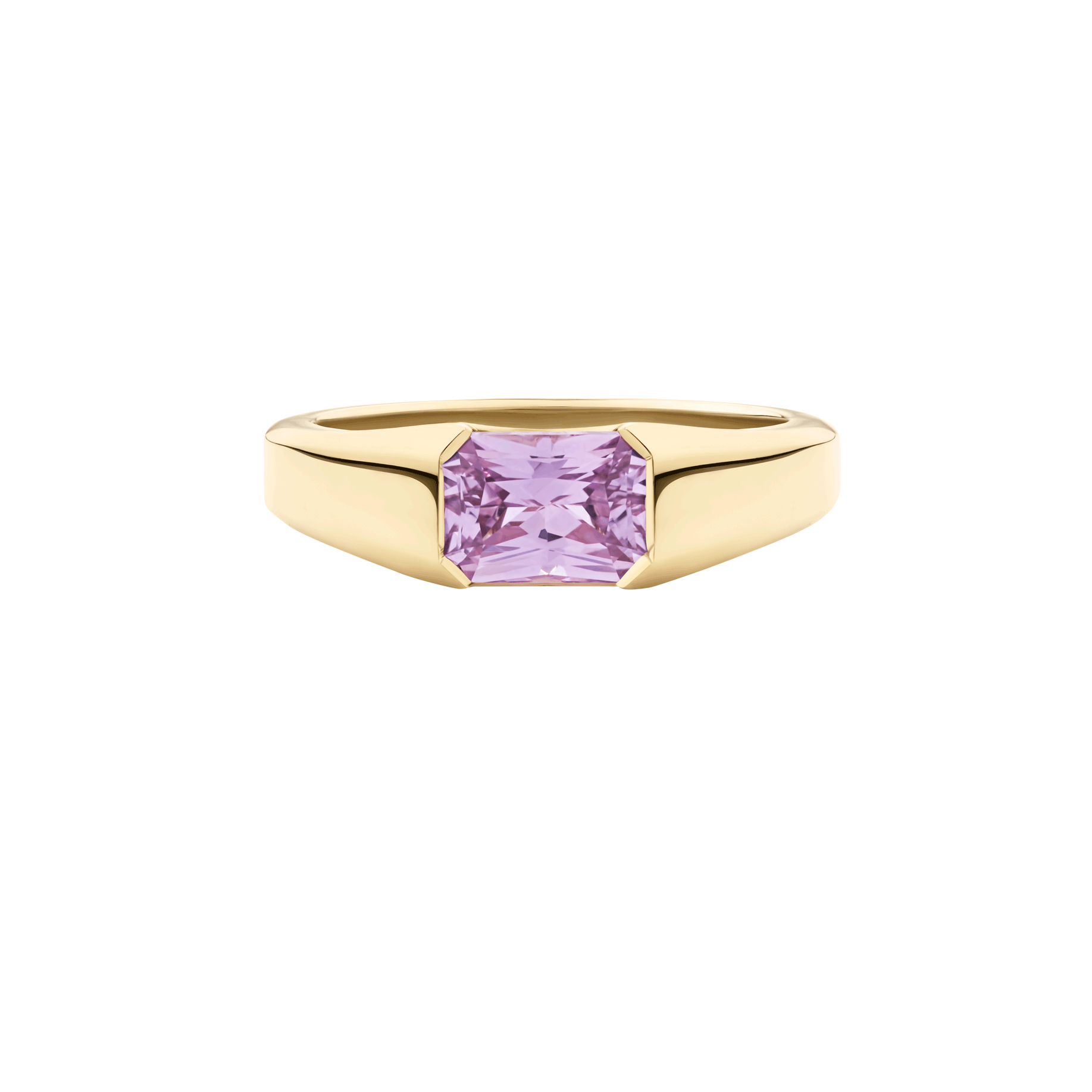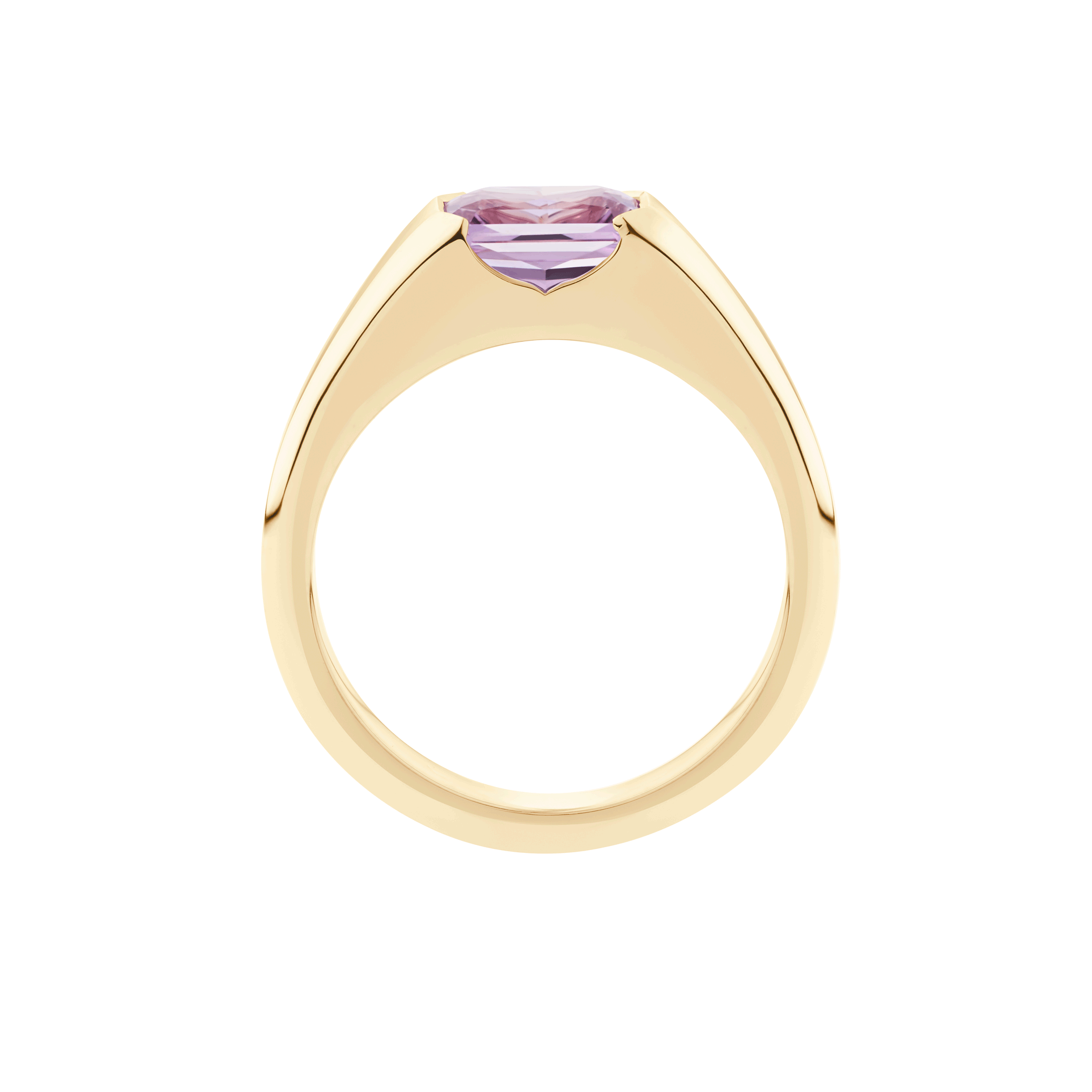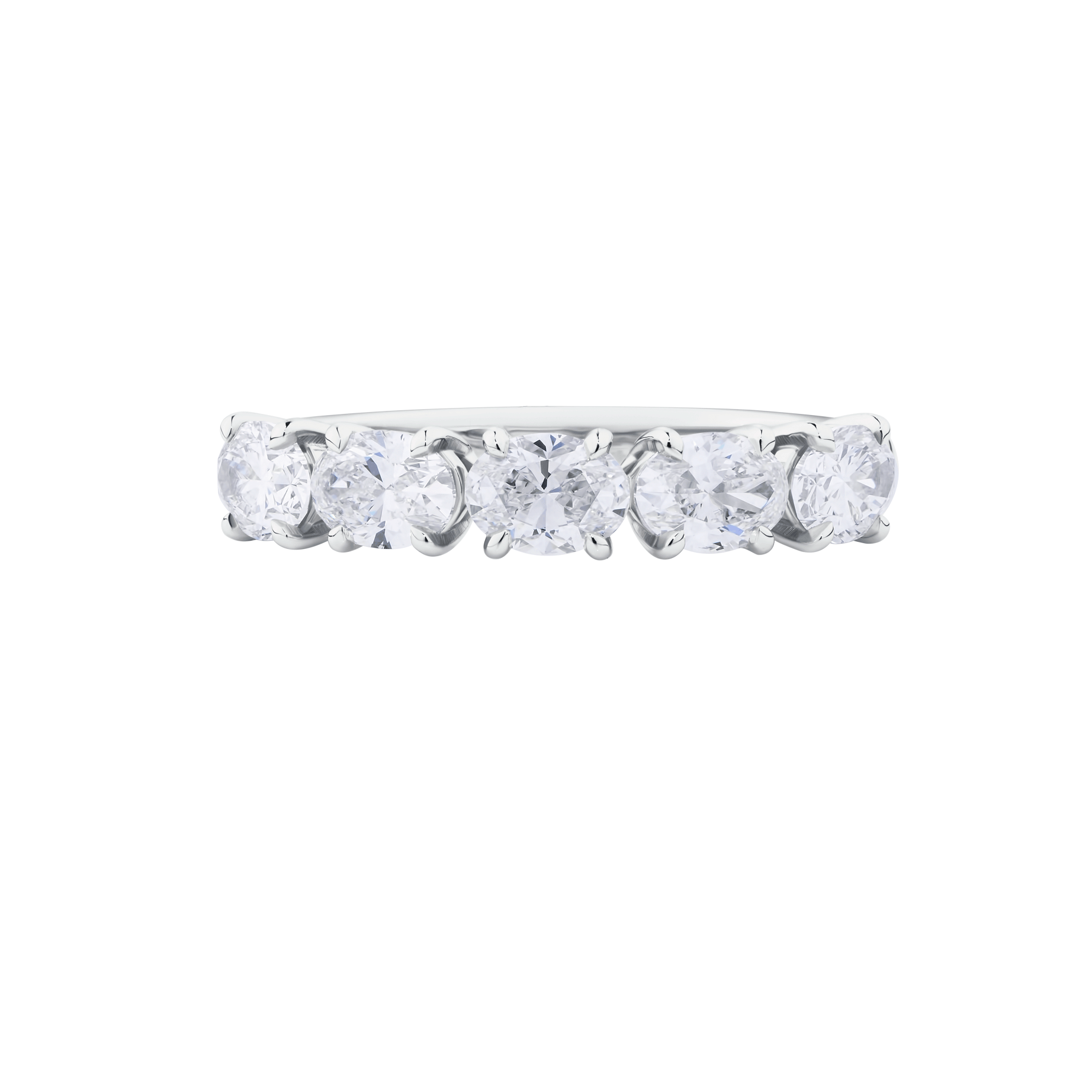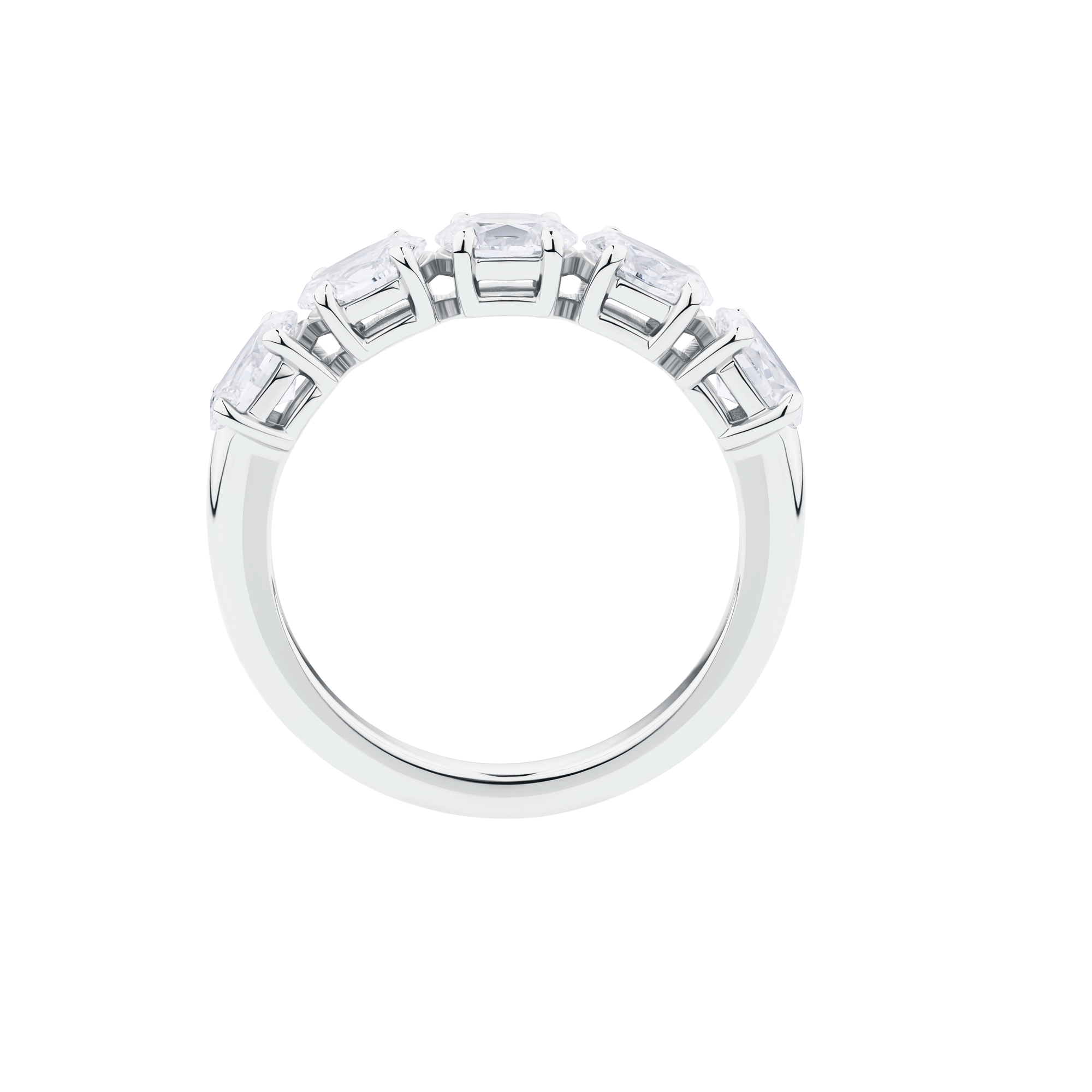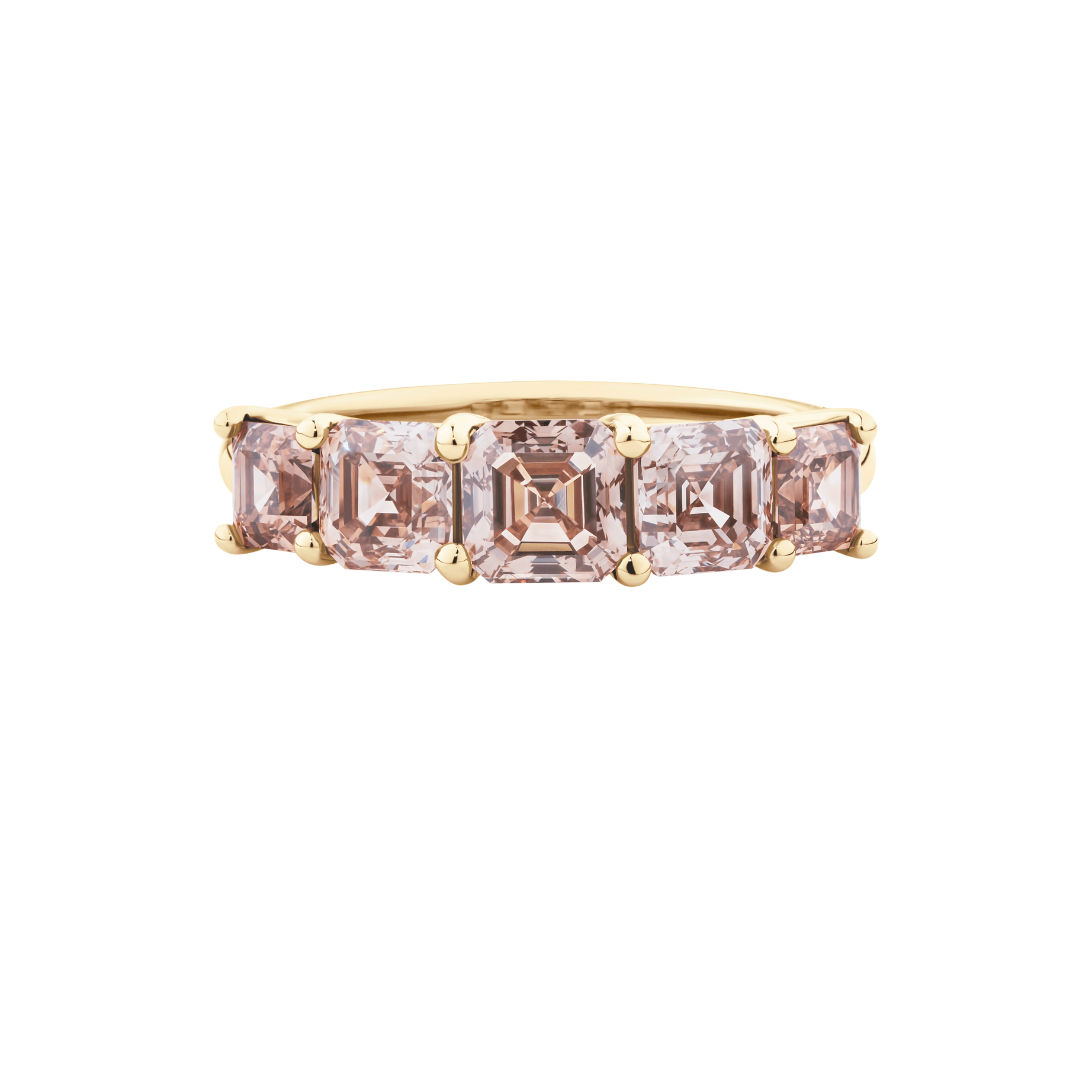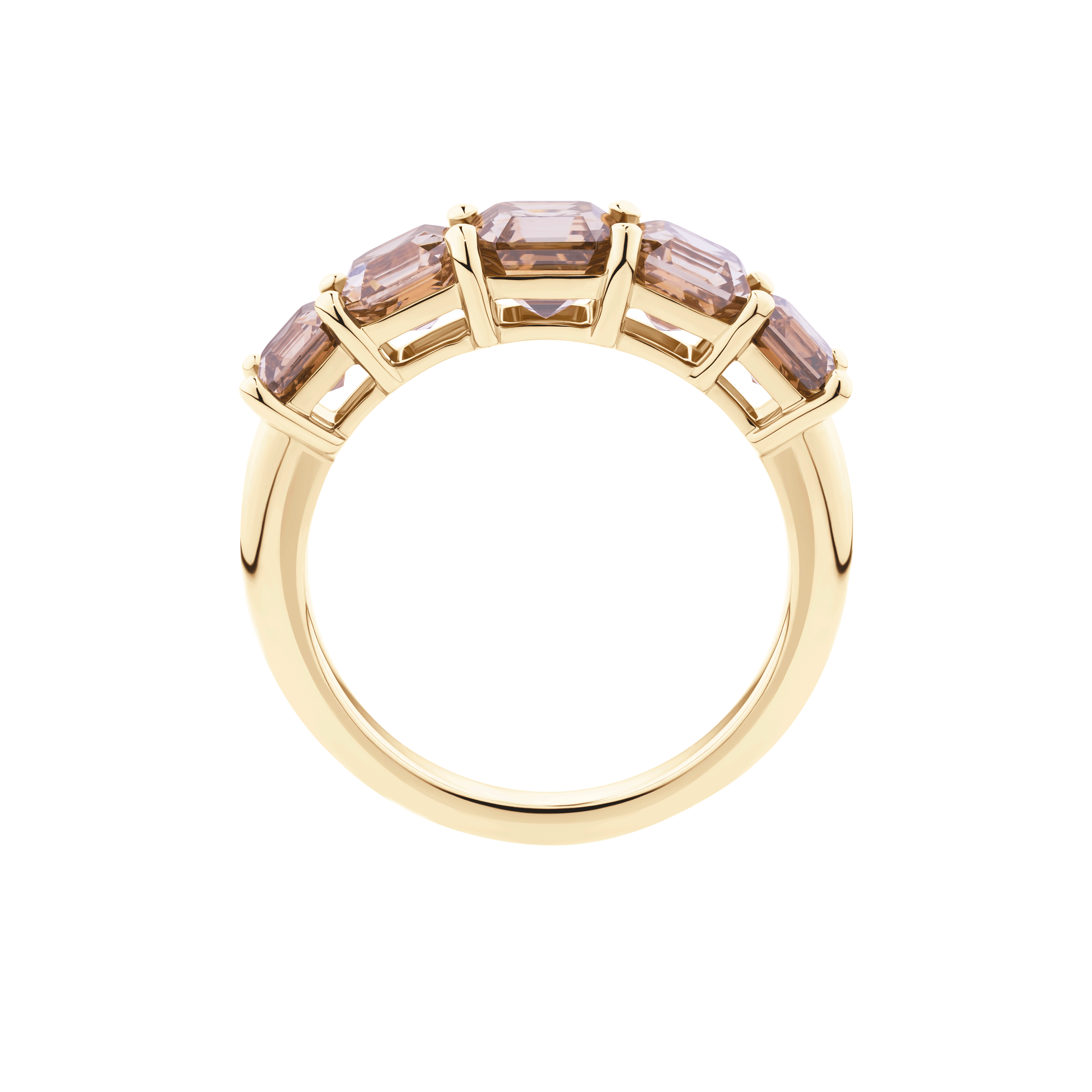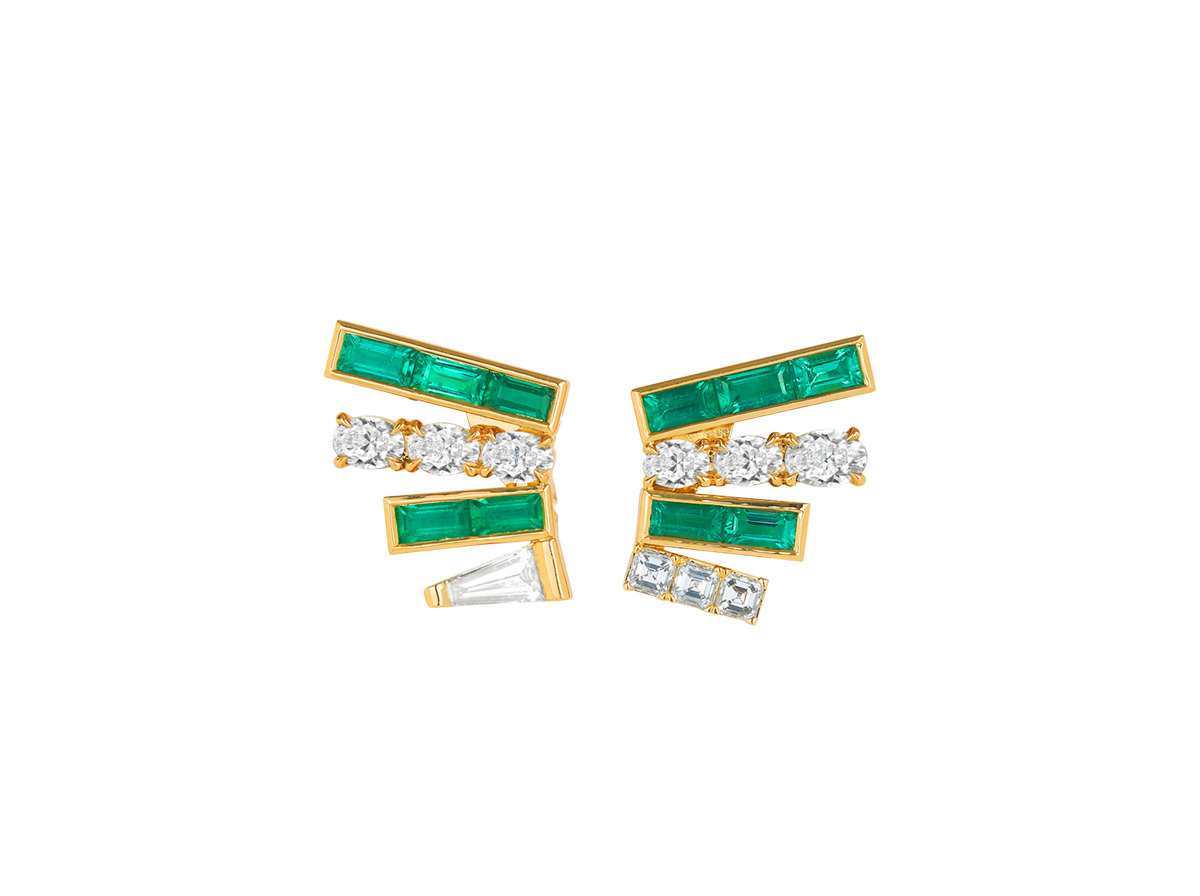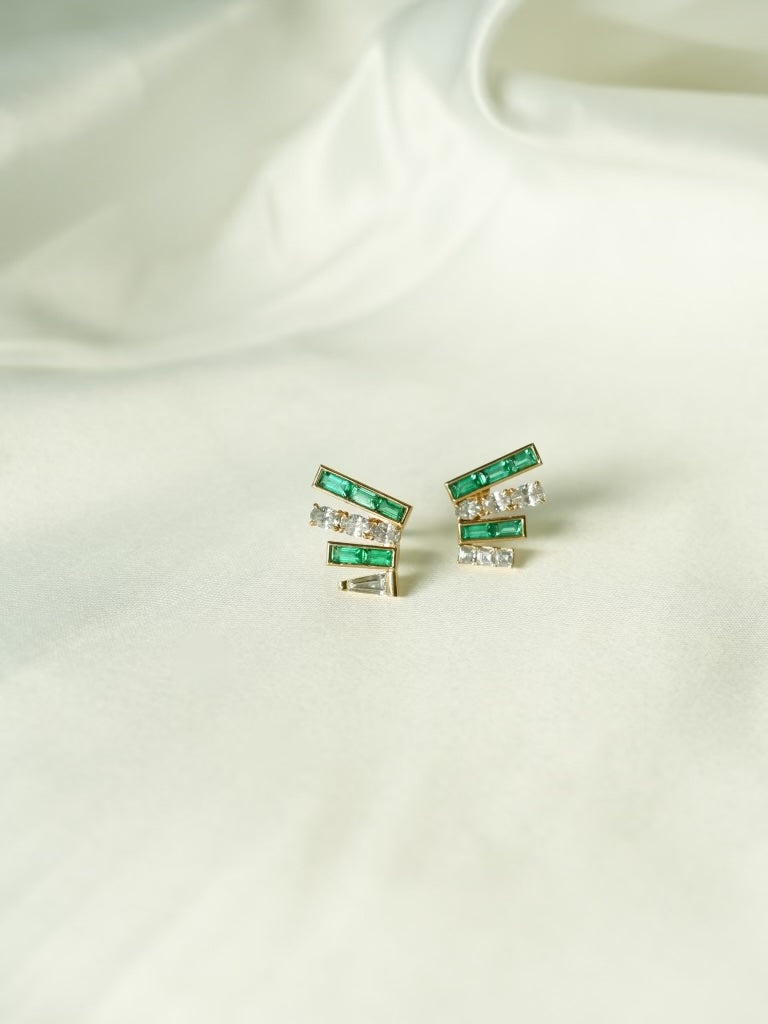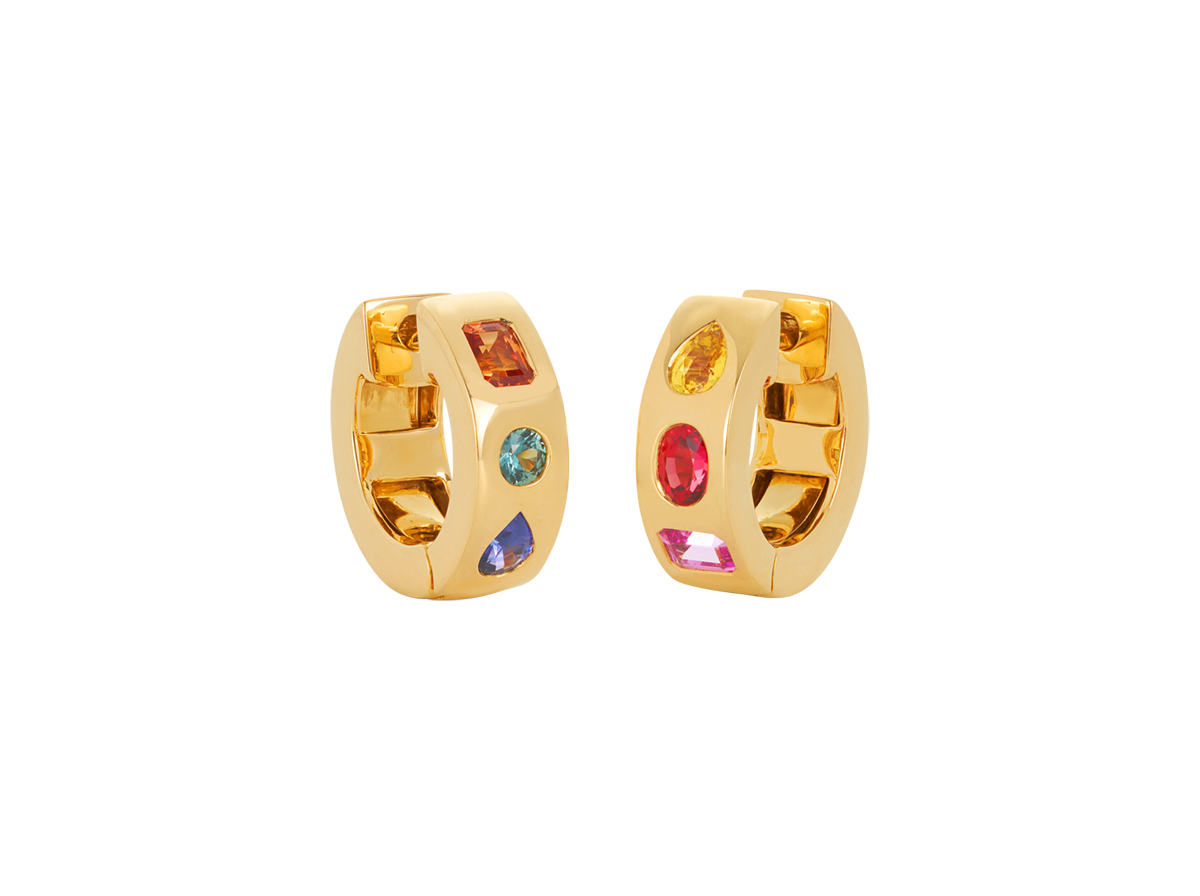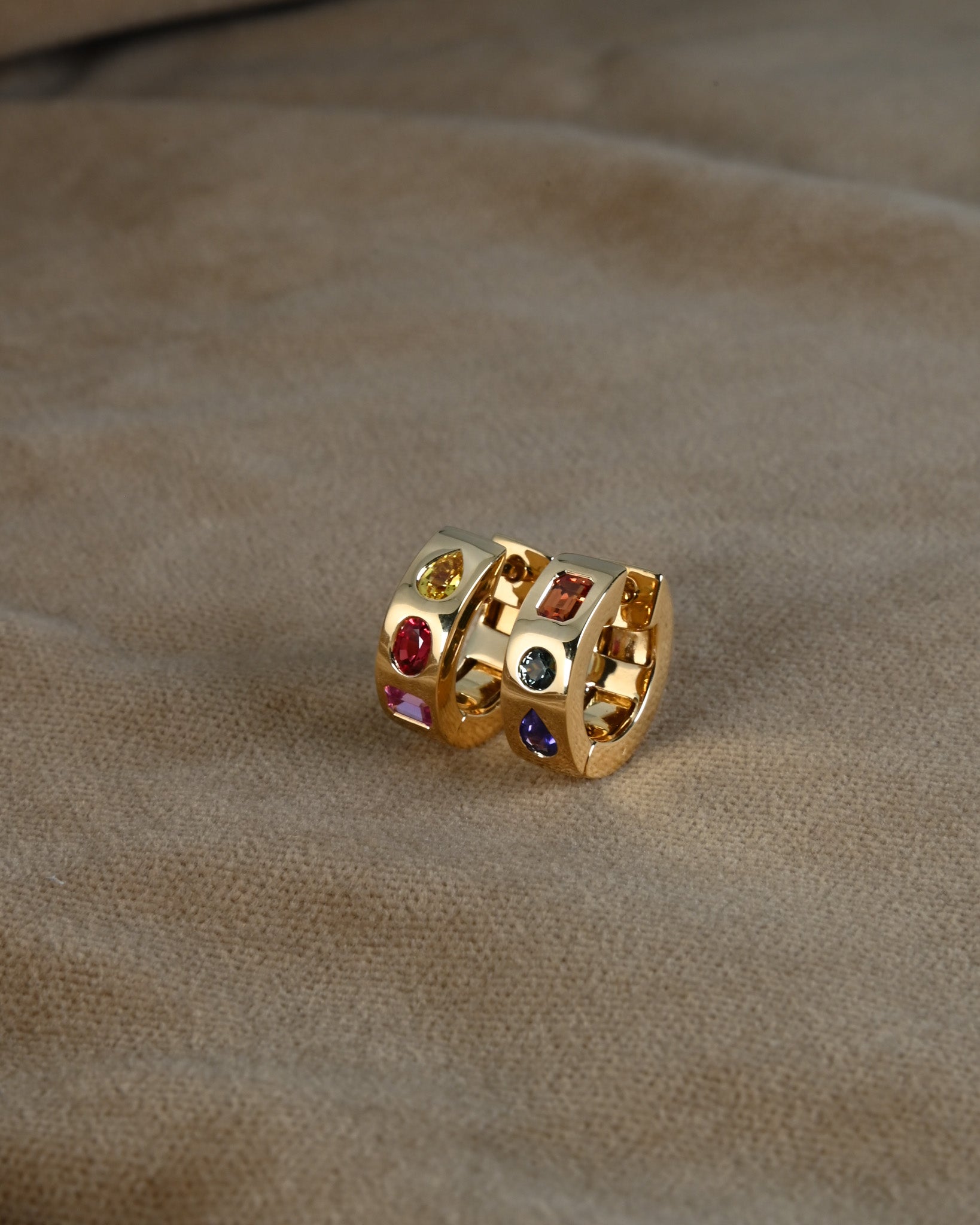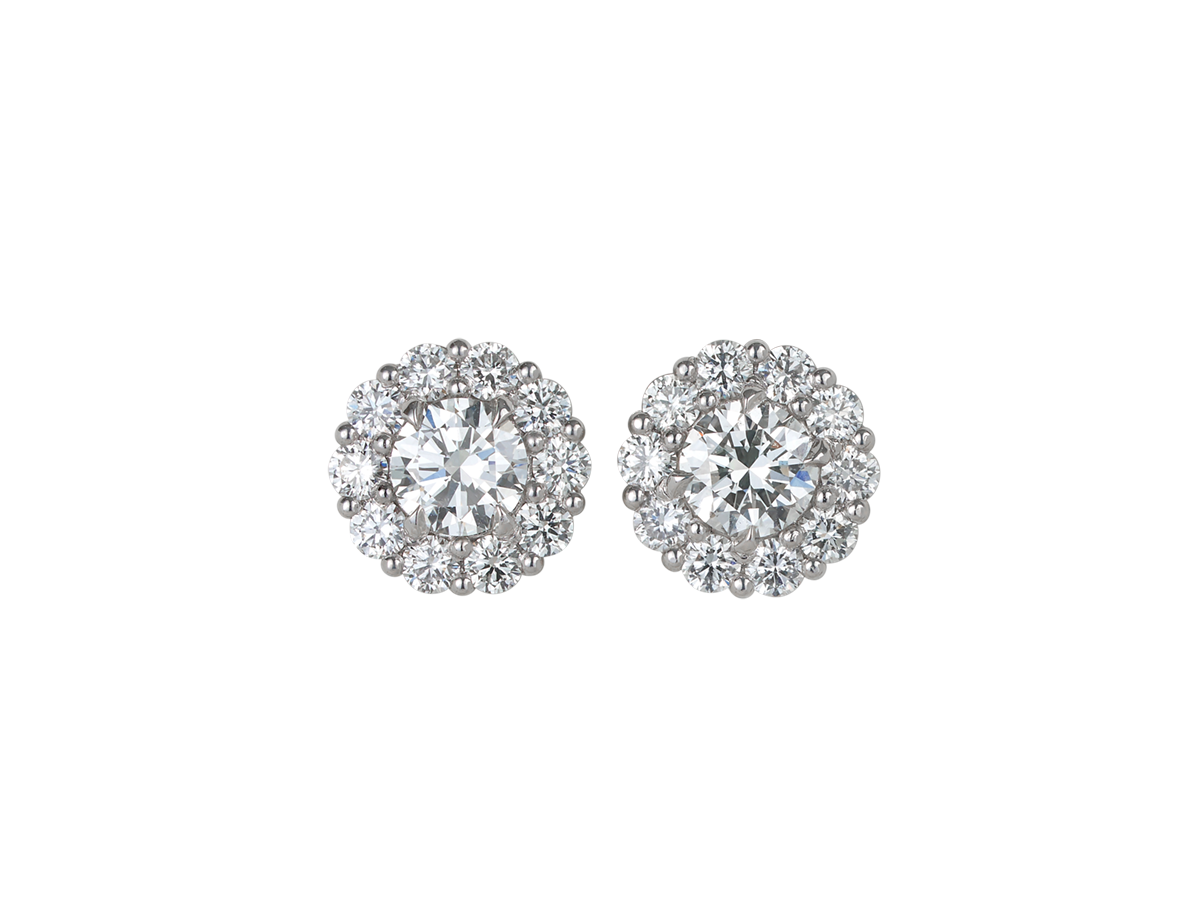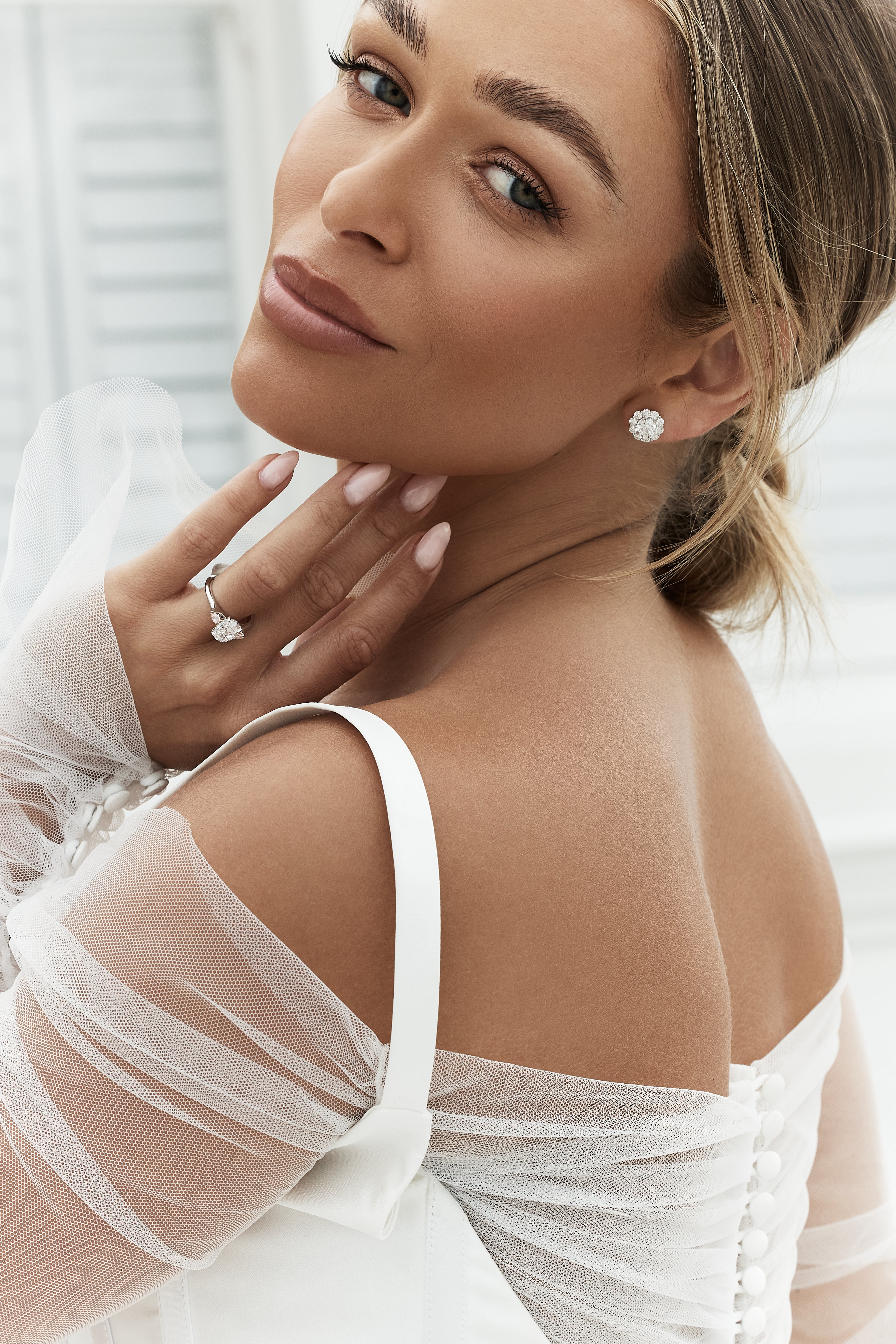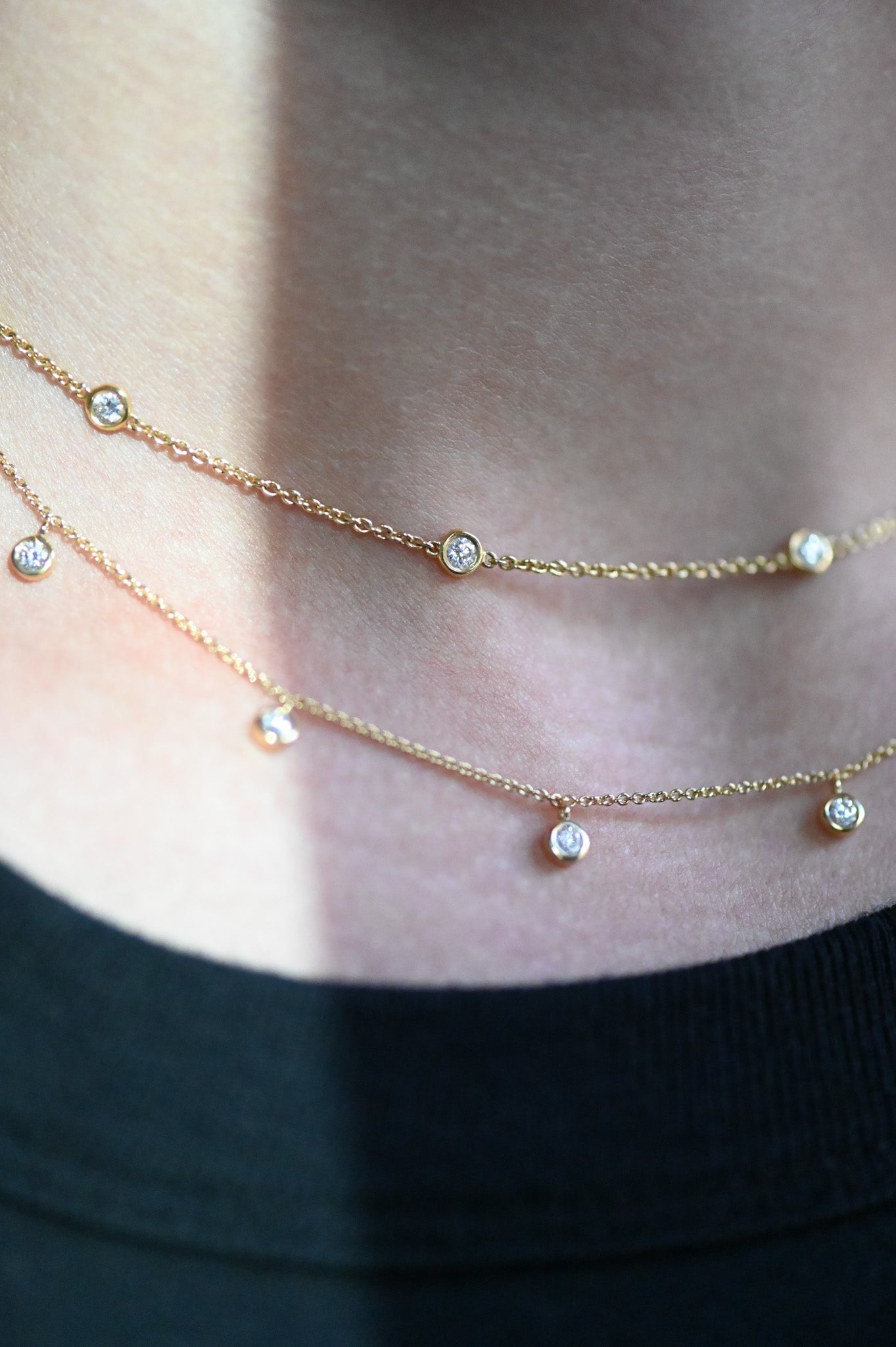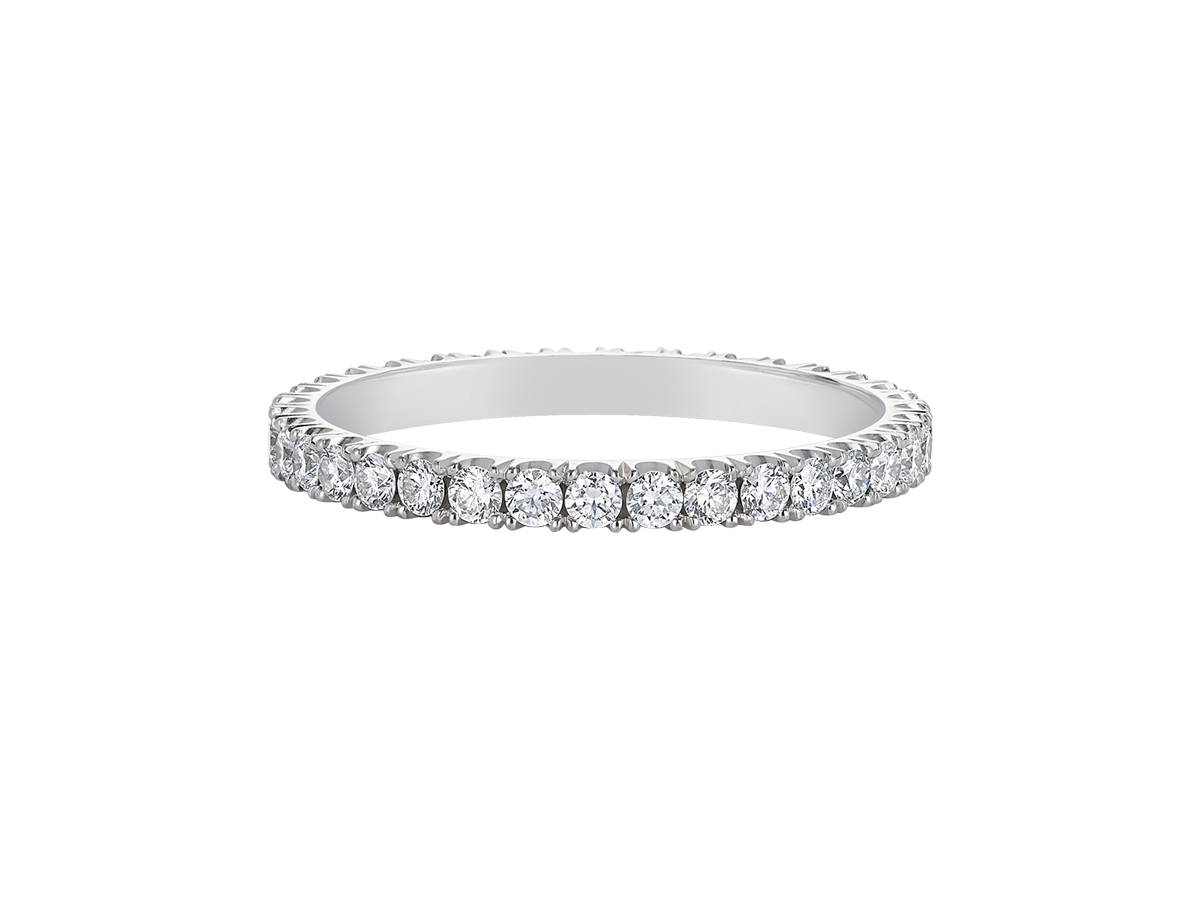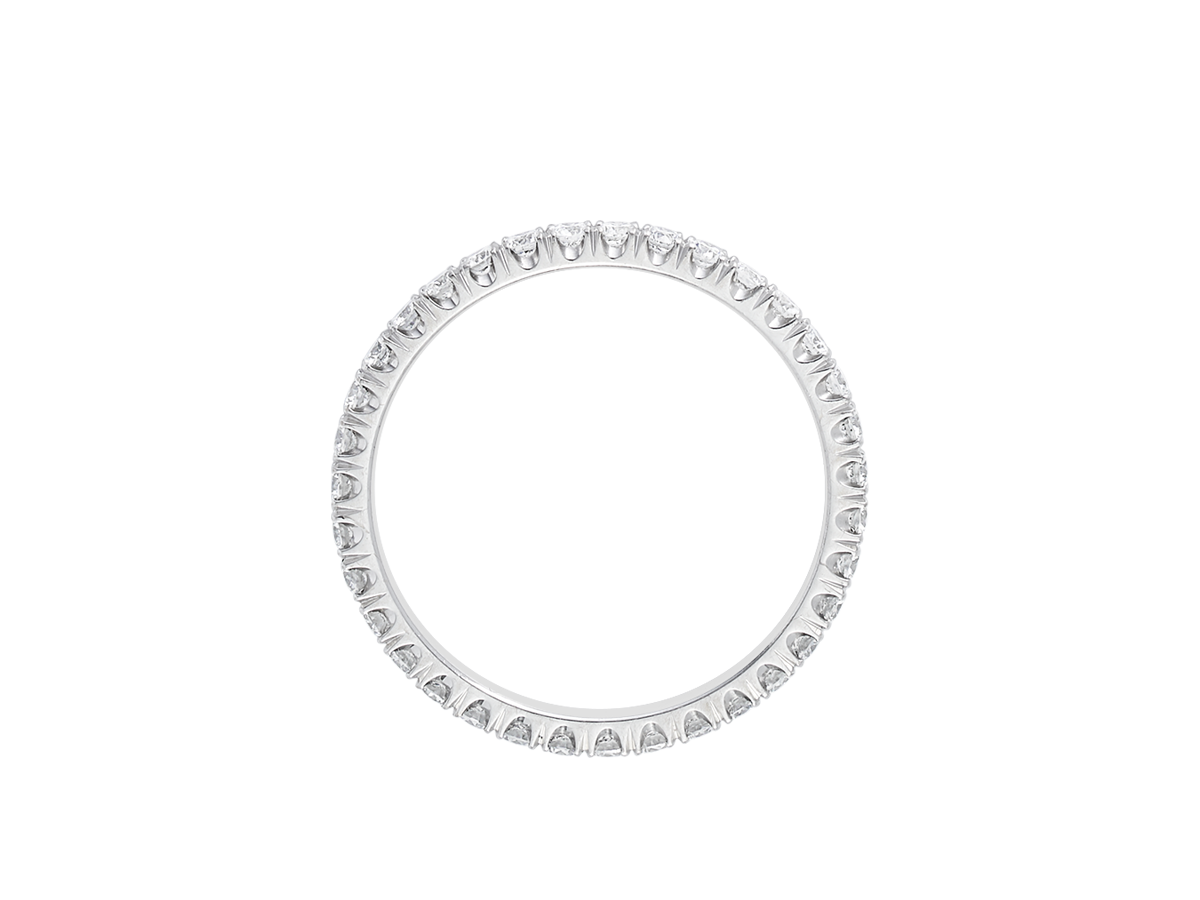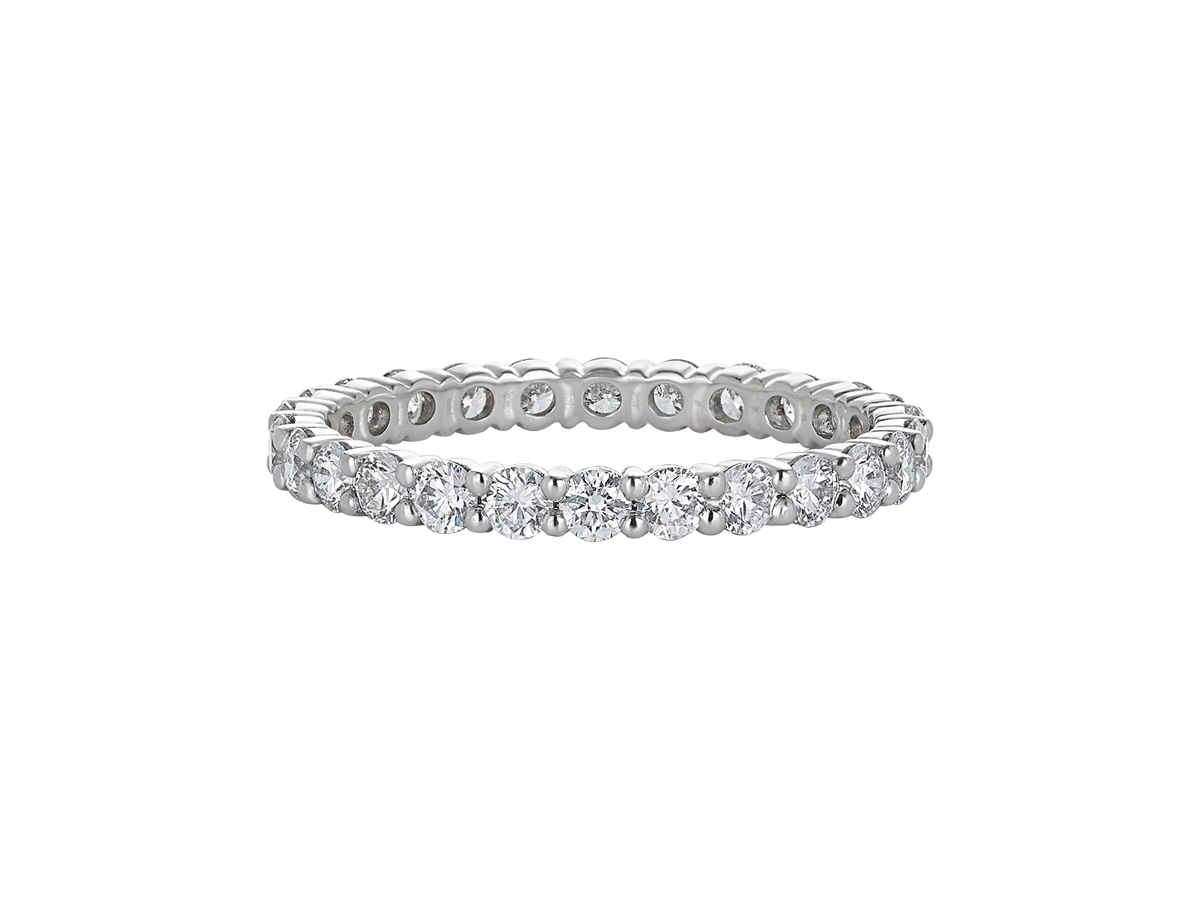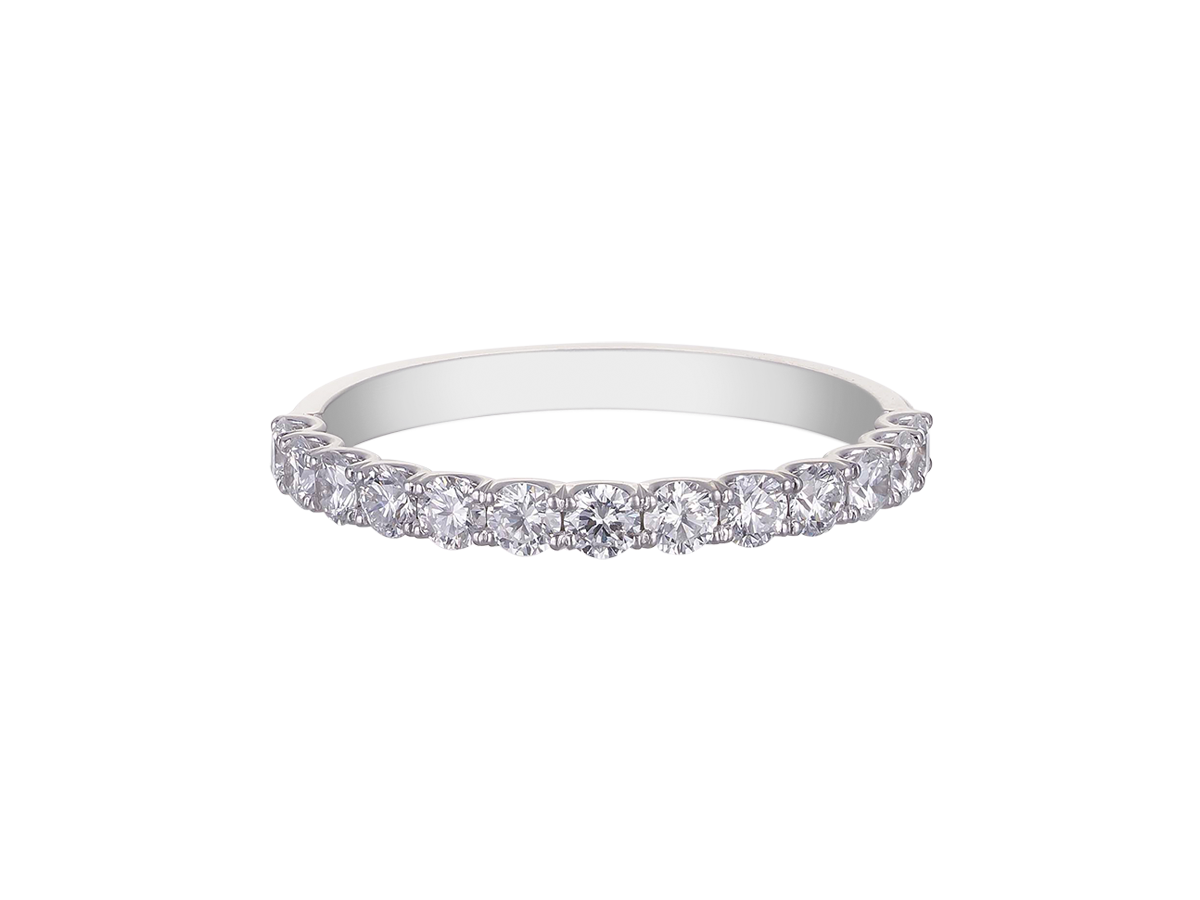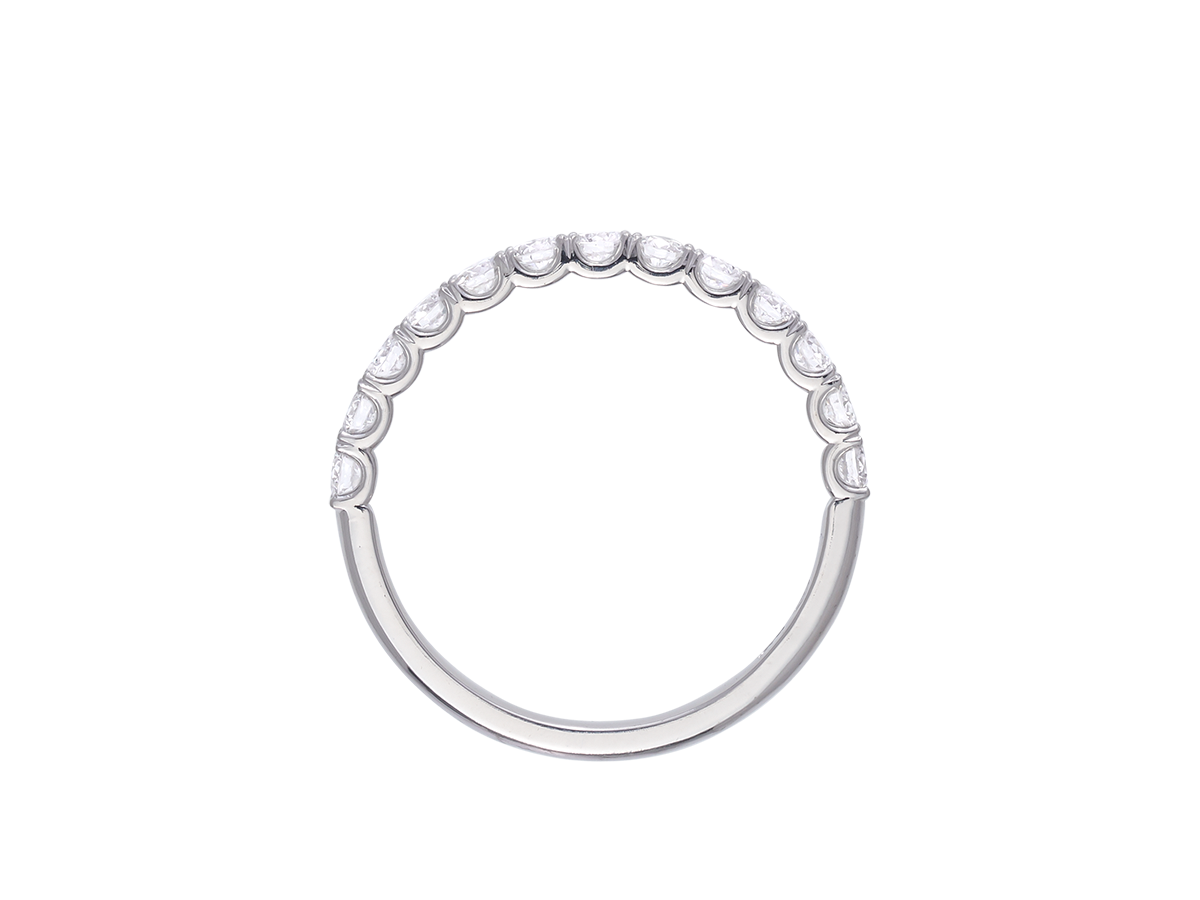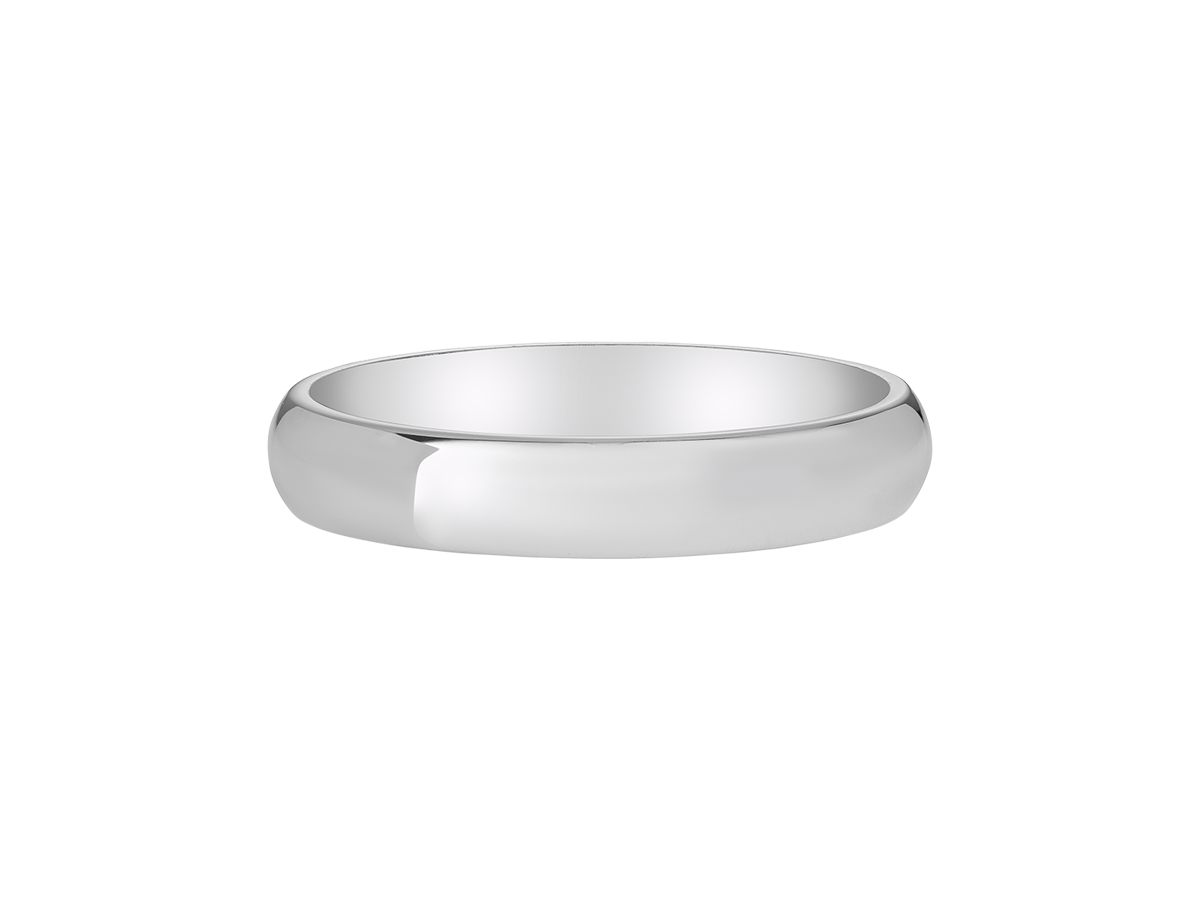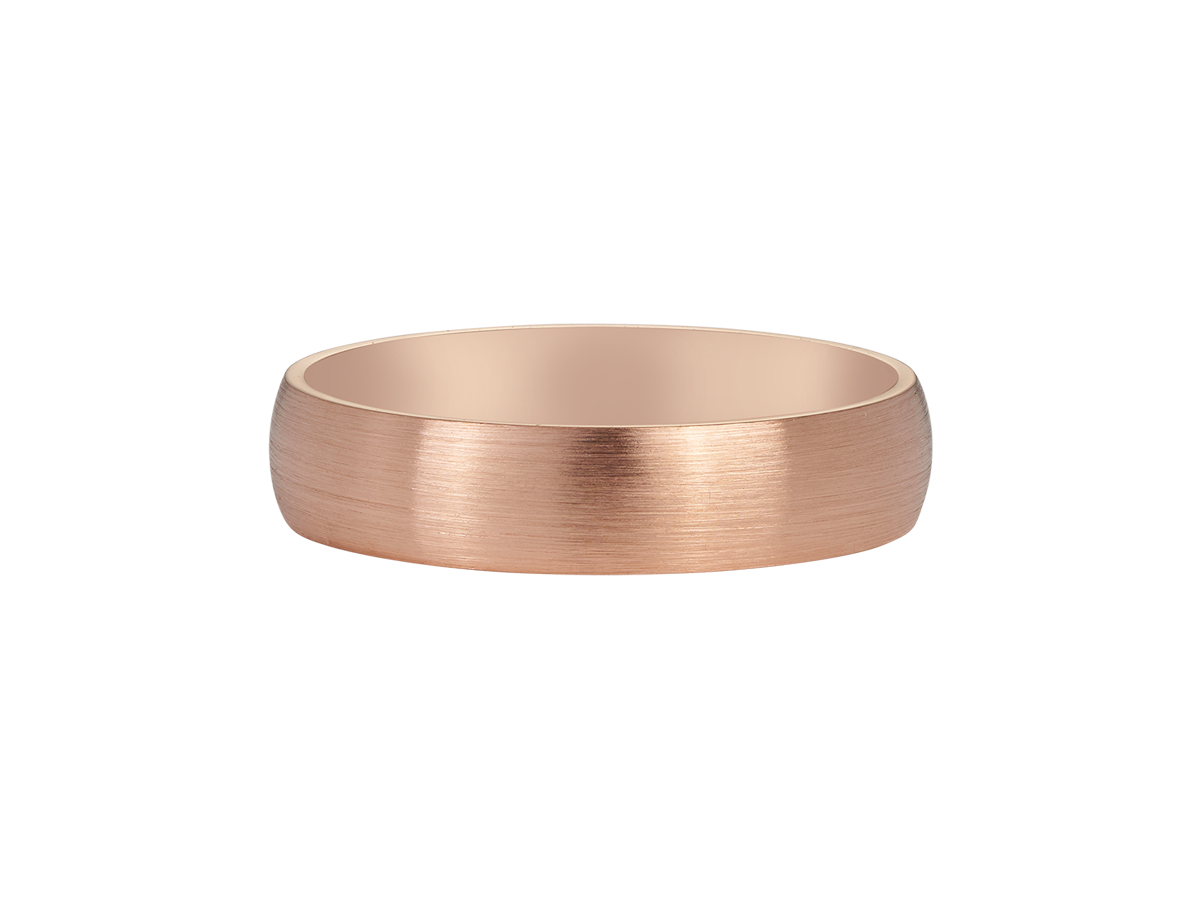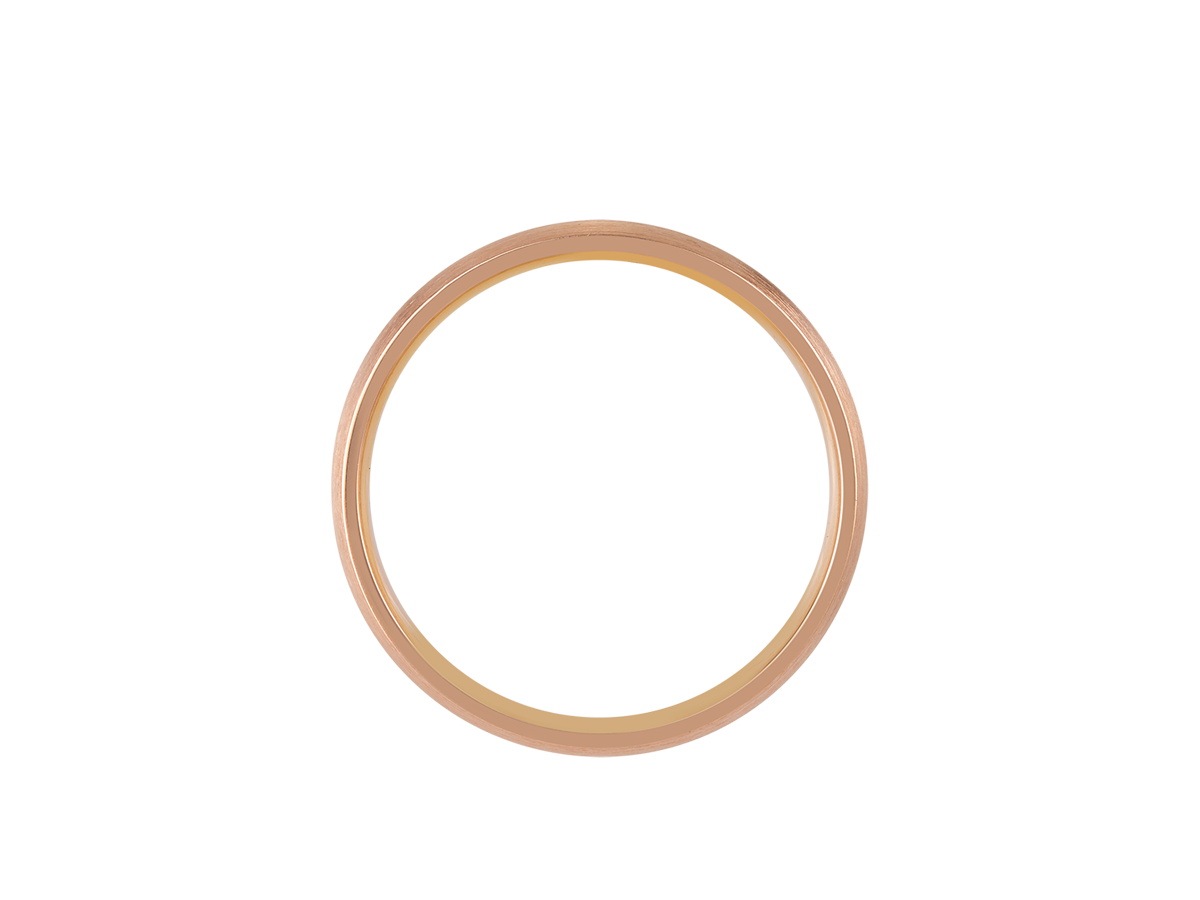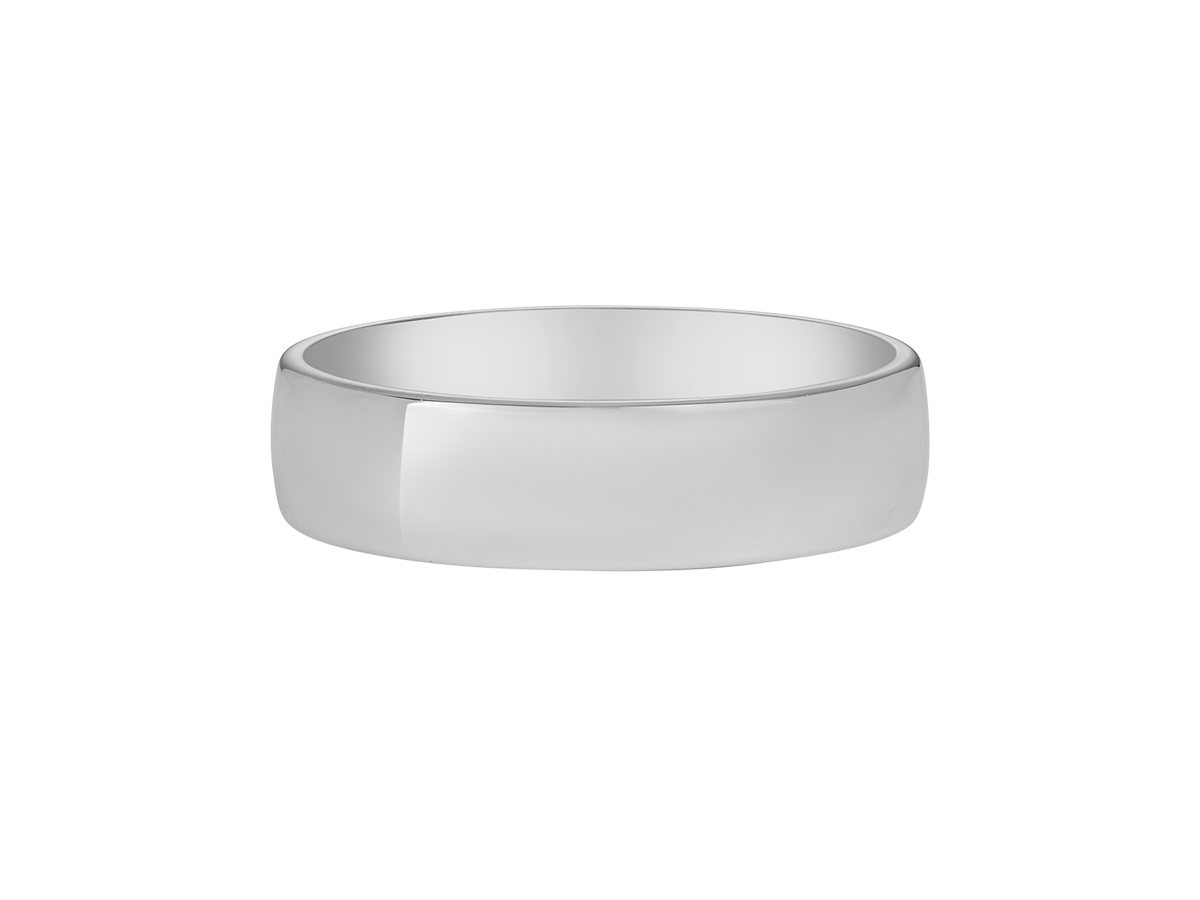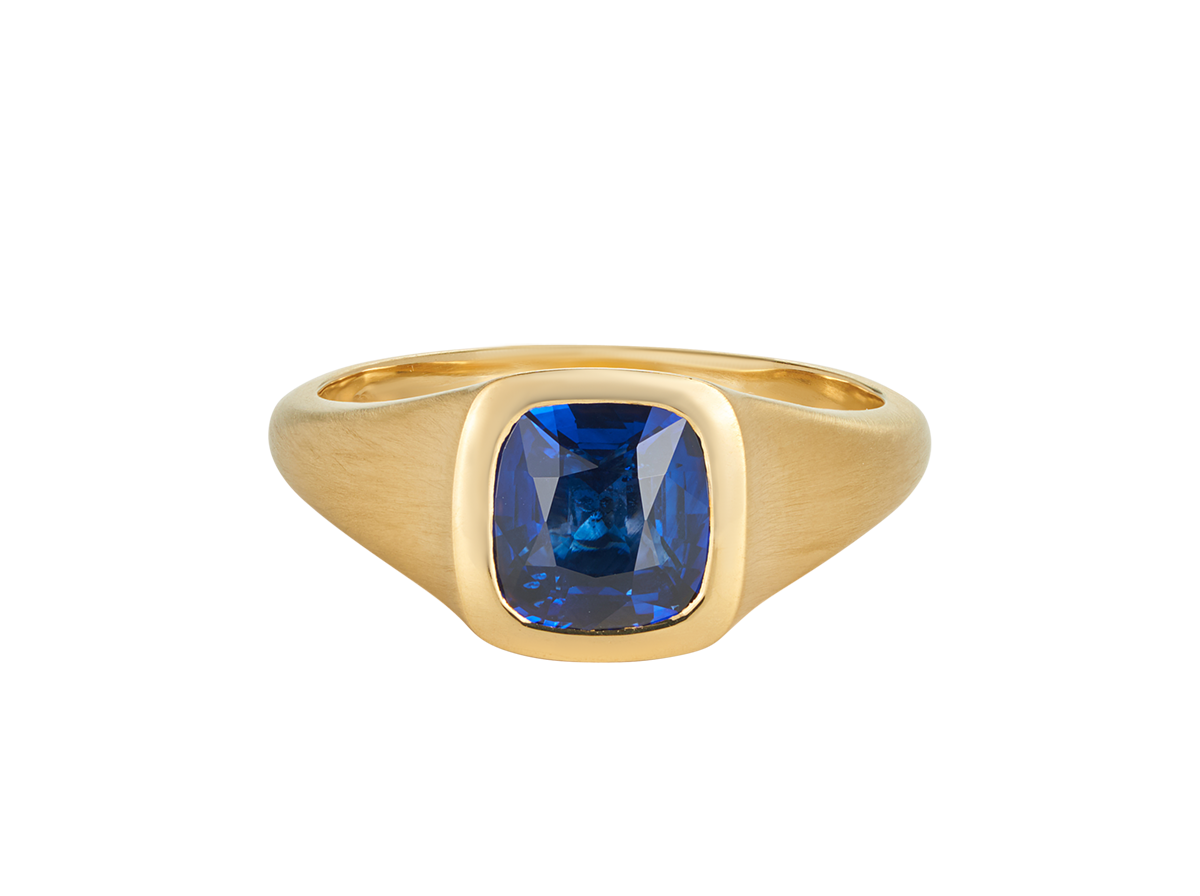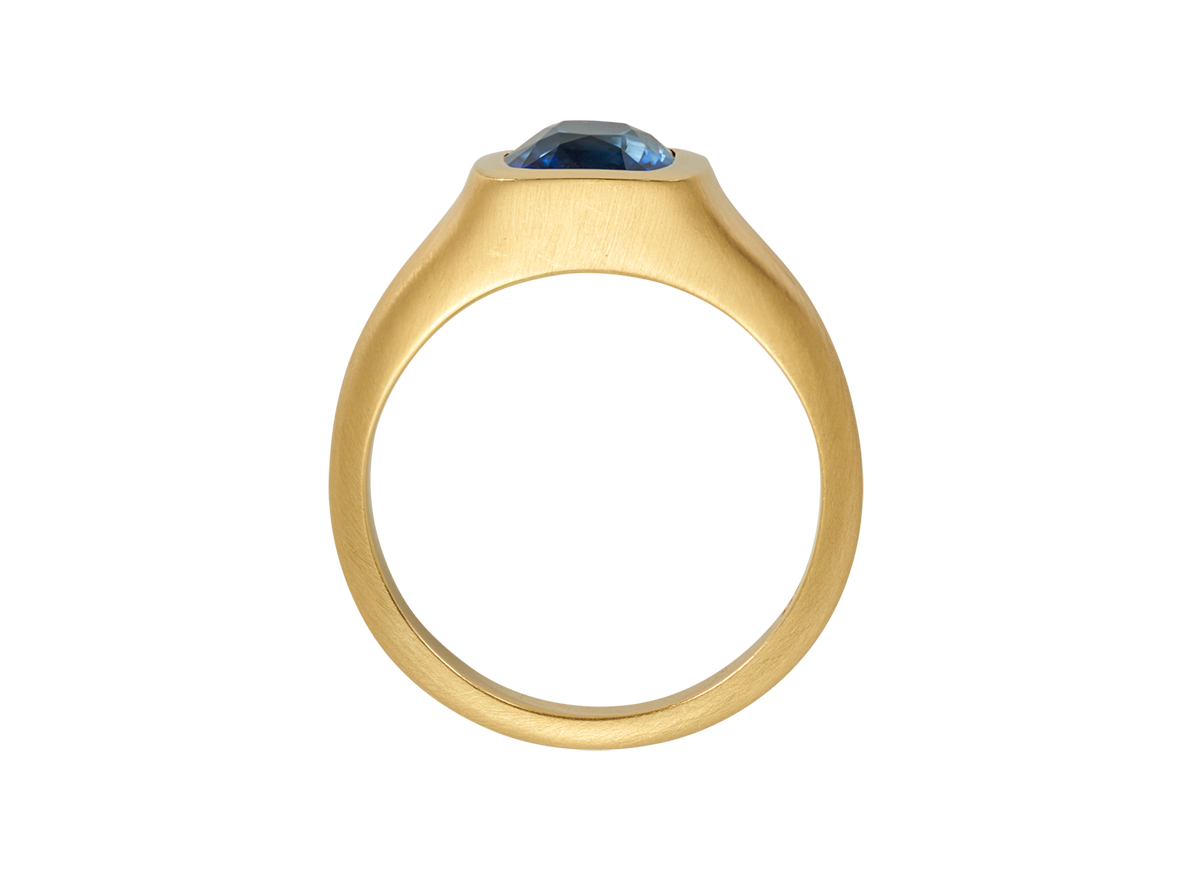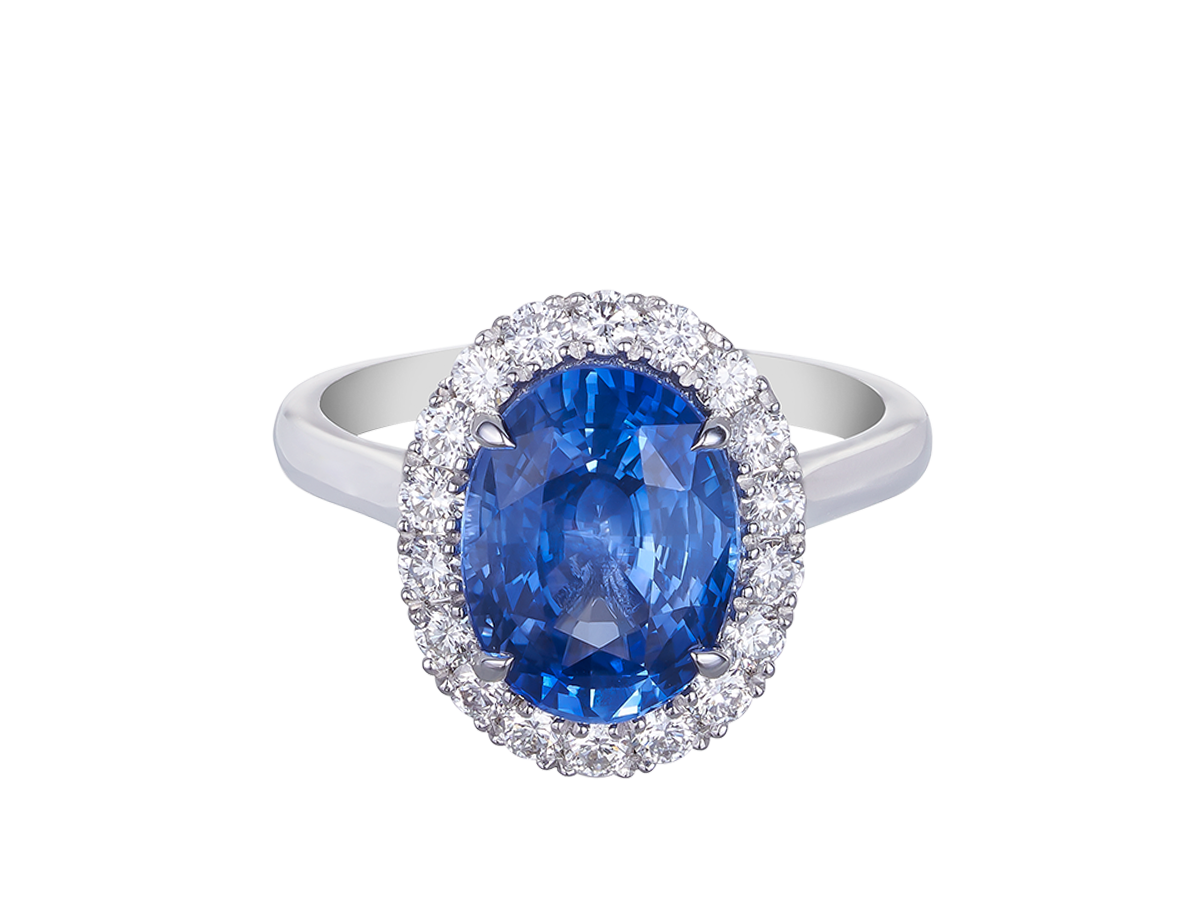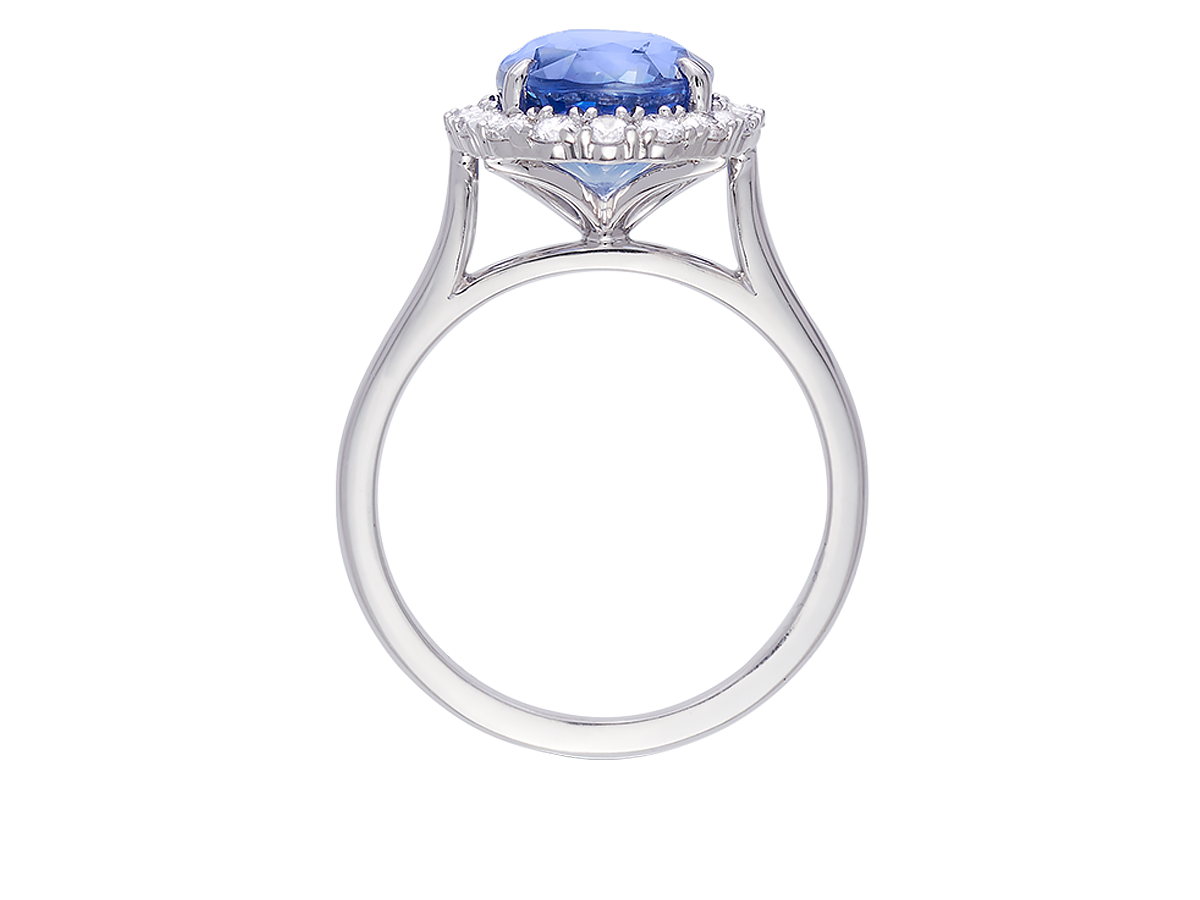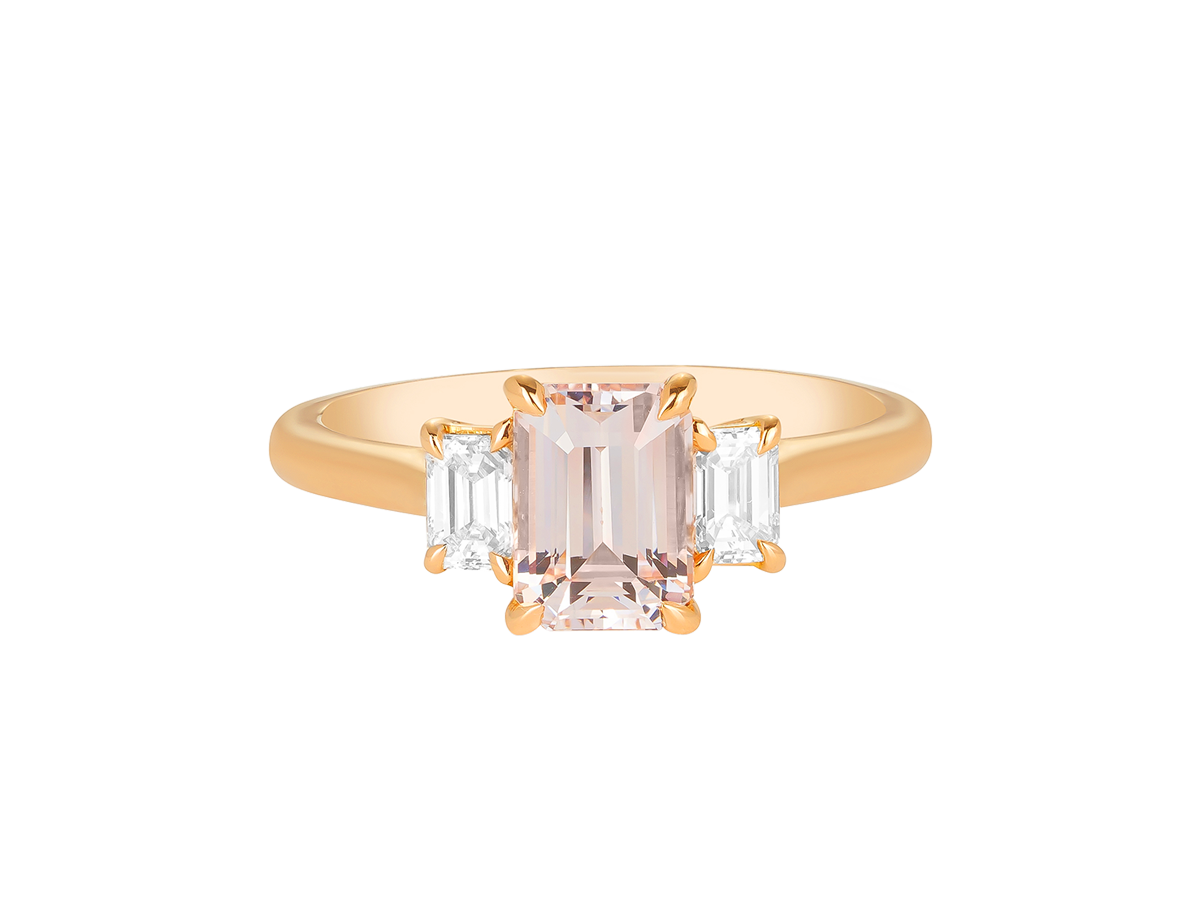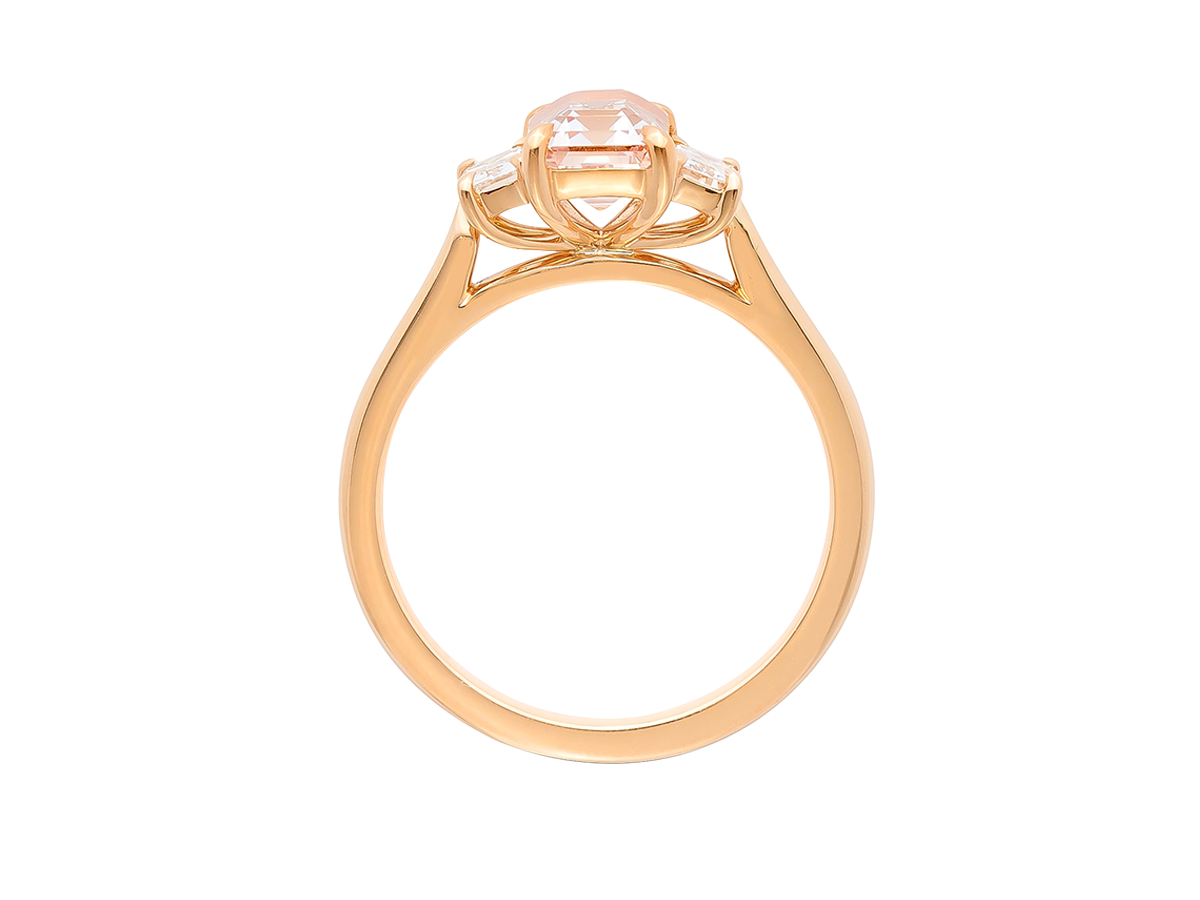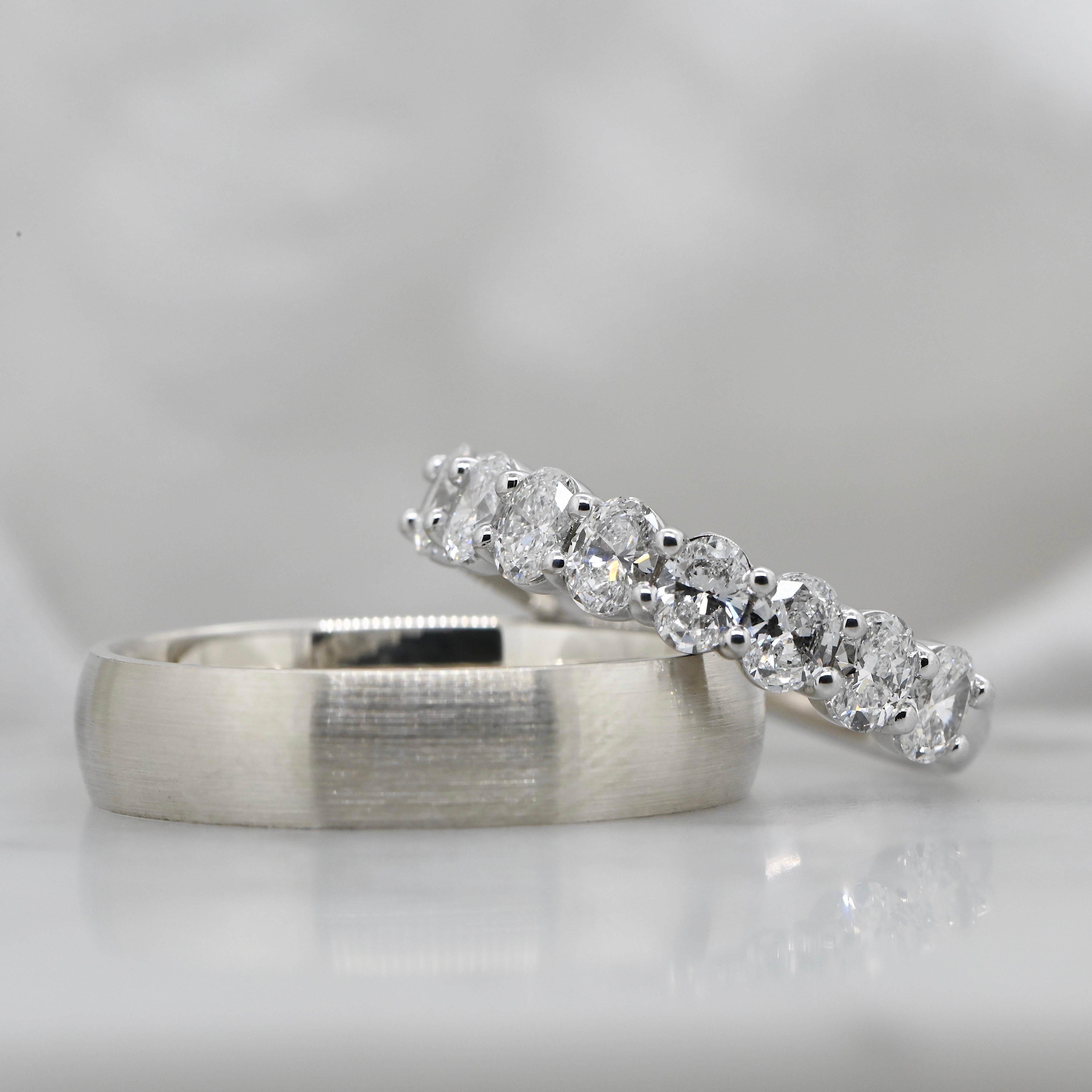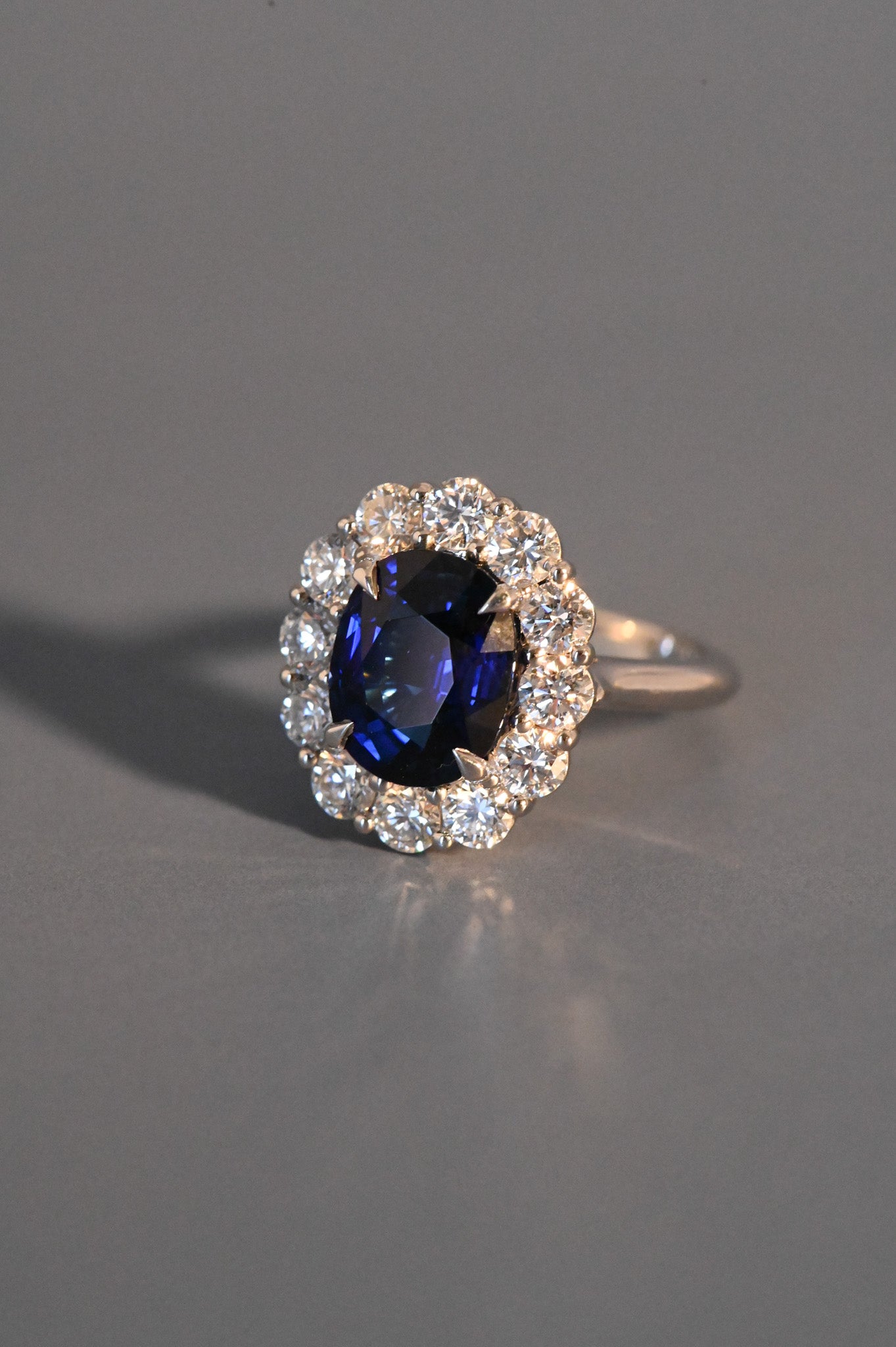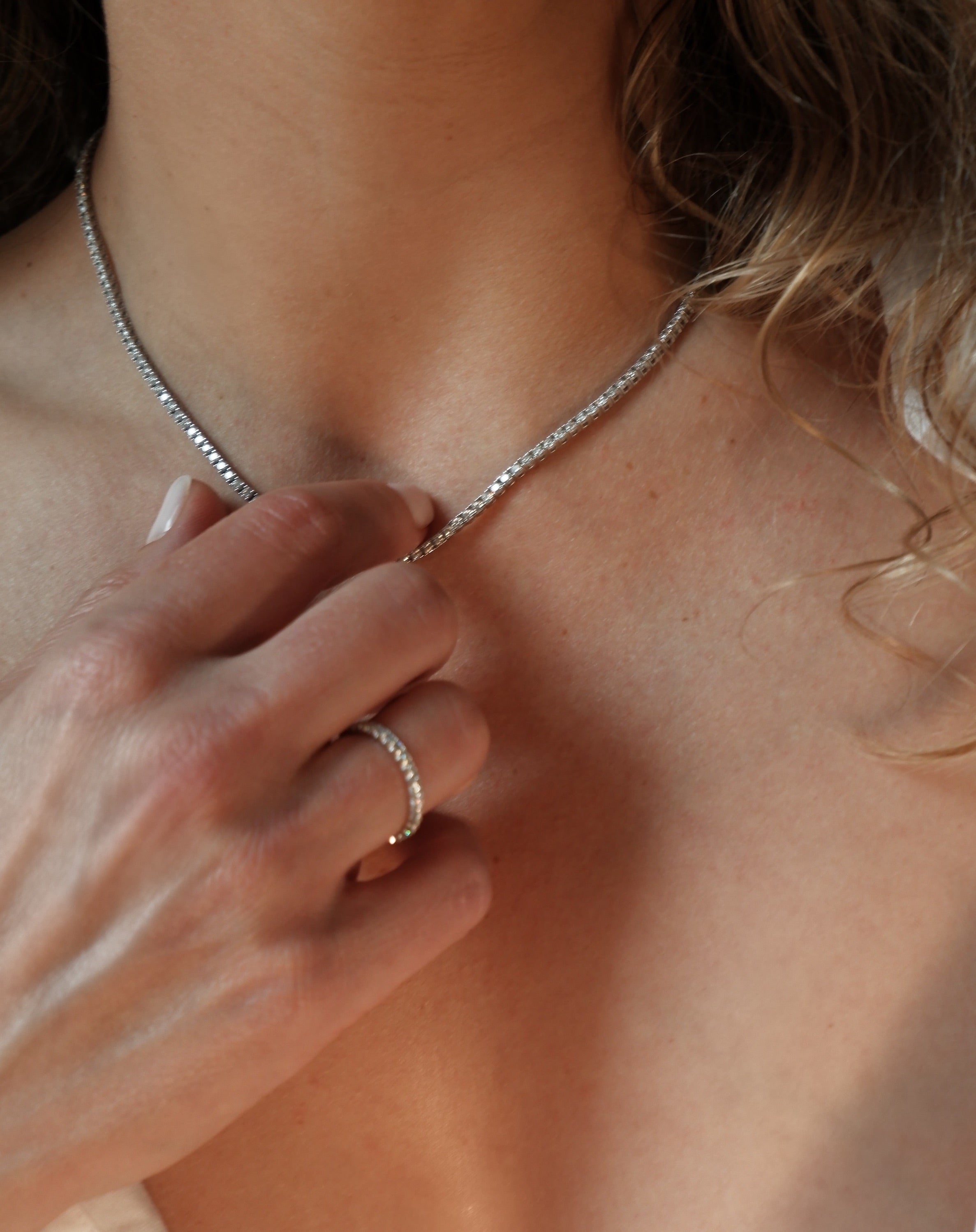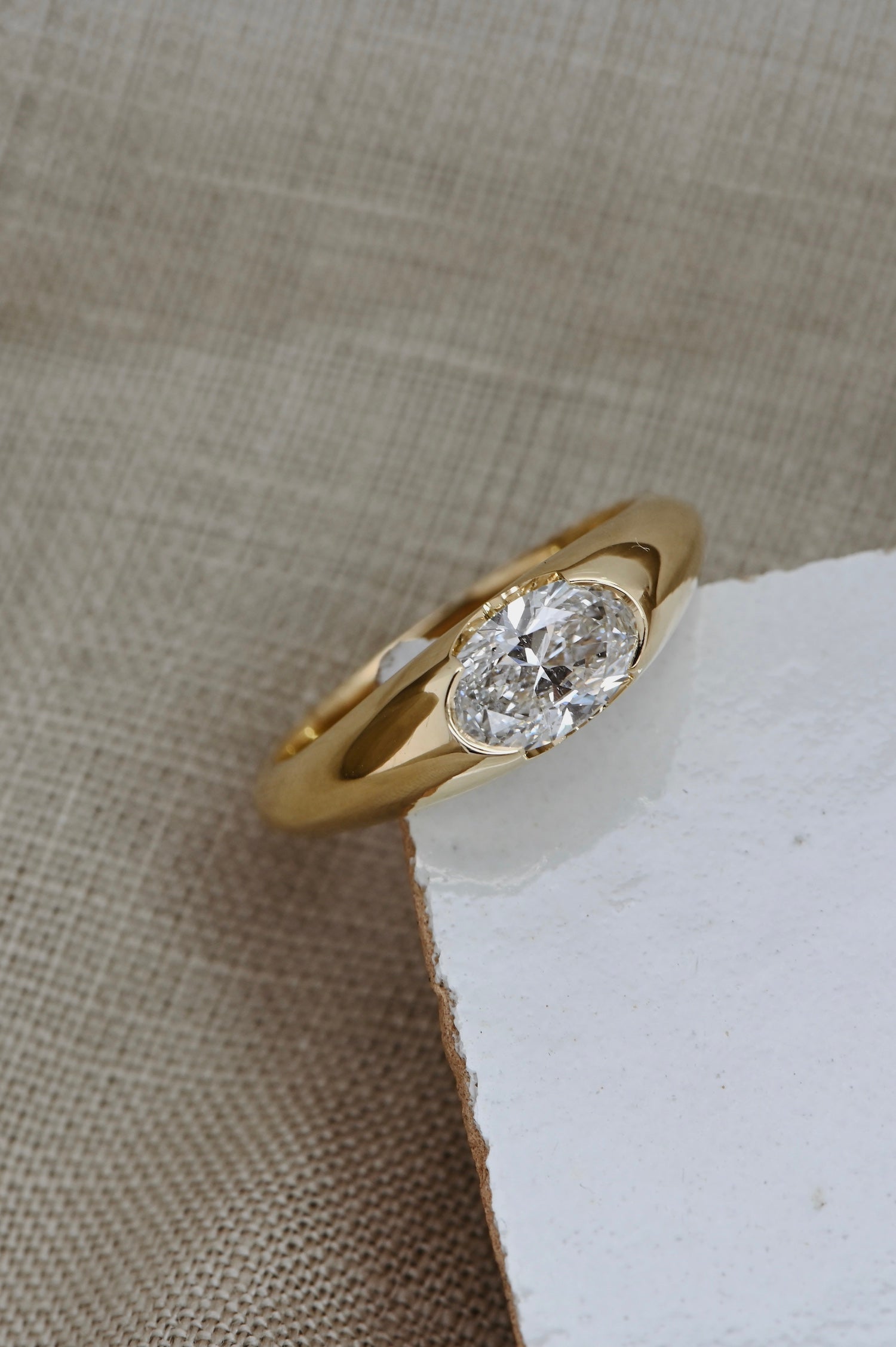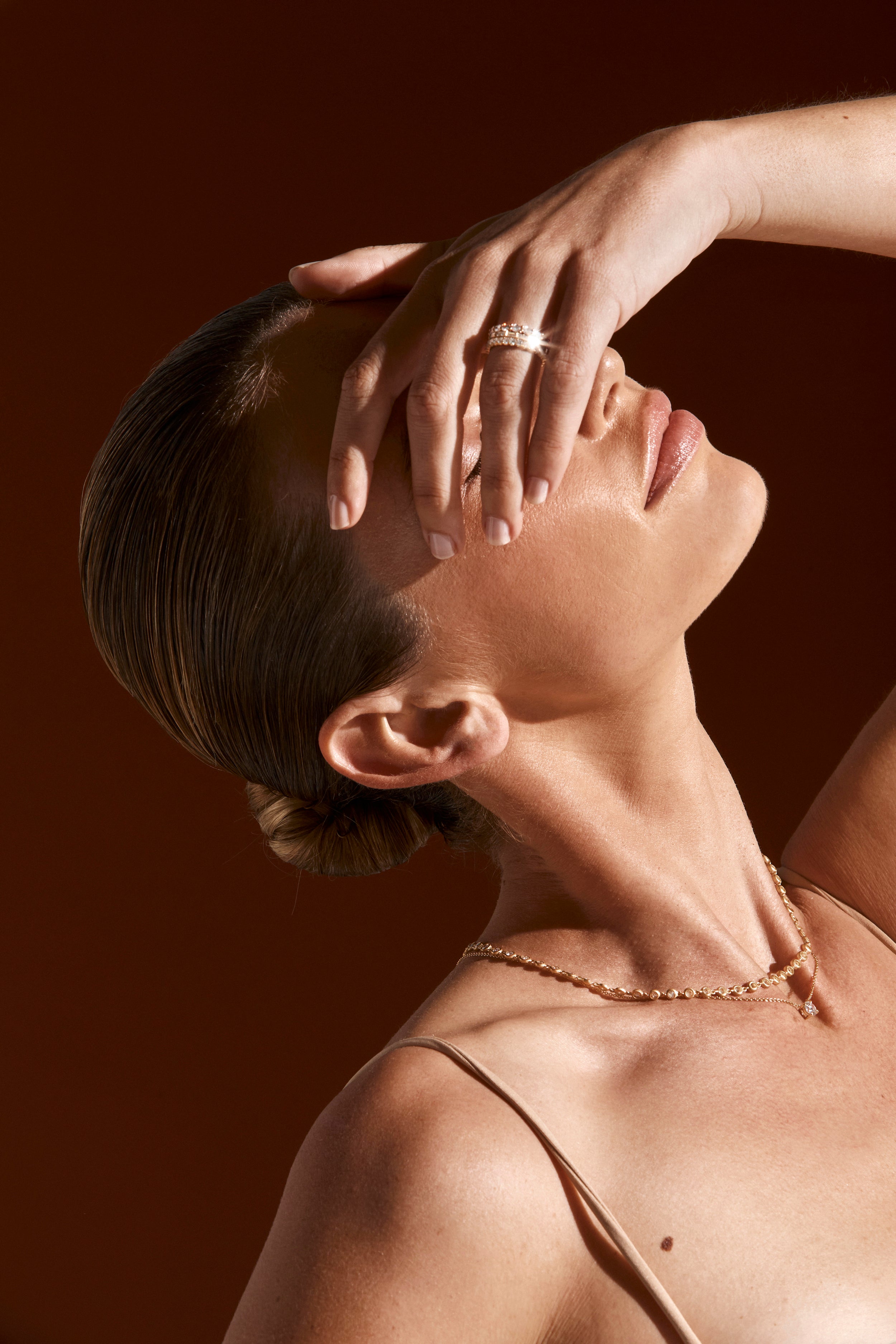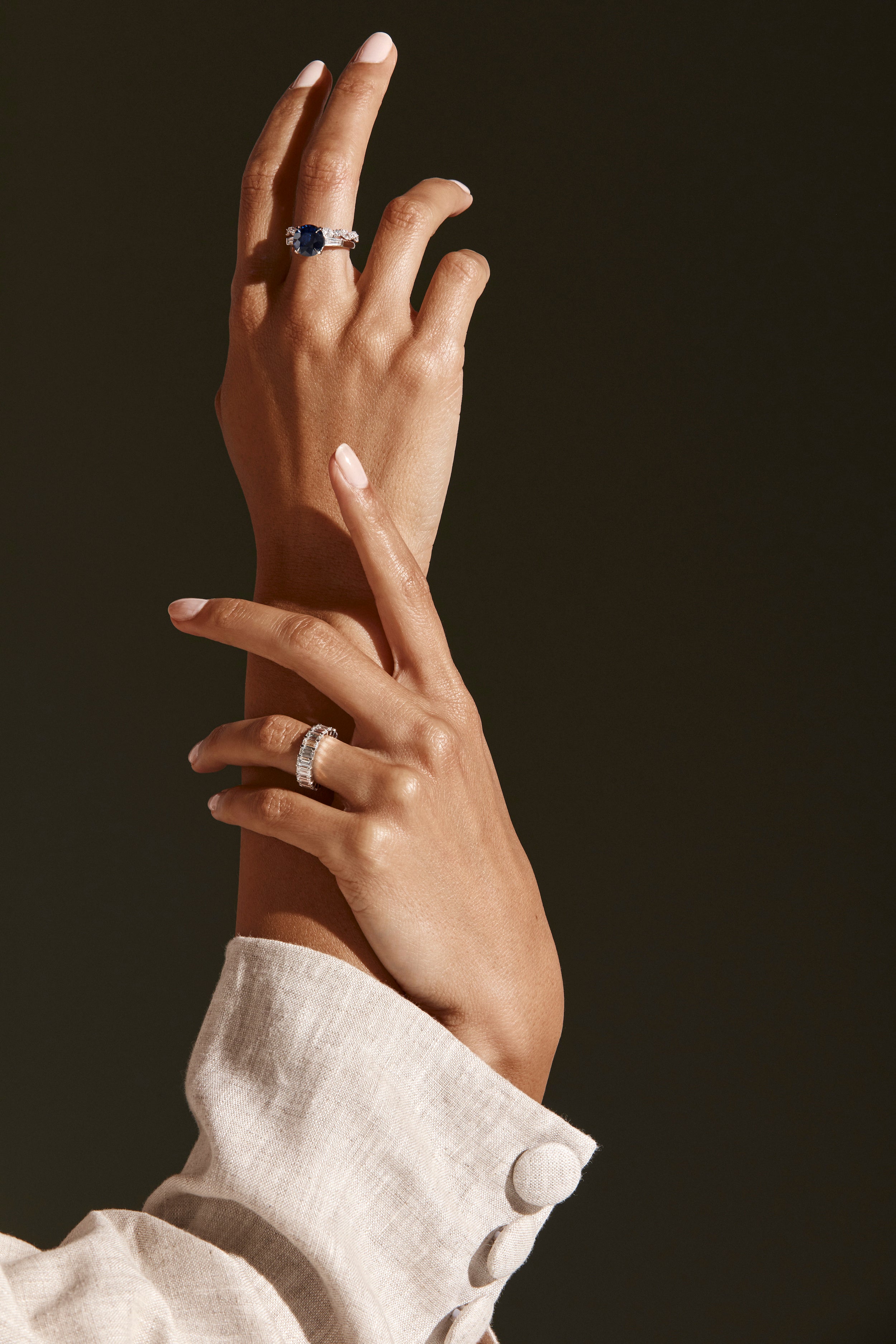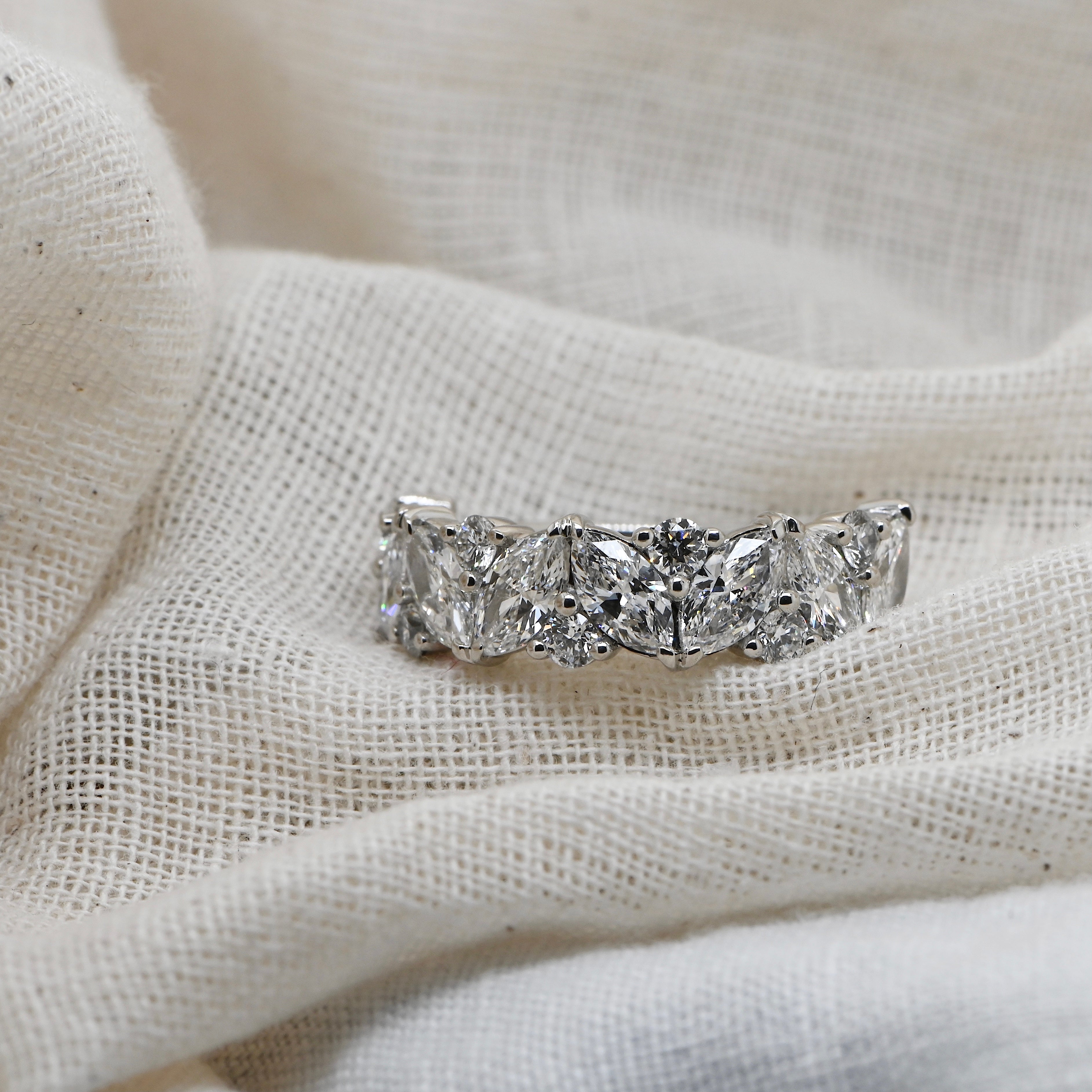Most people know their or their loved one’s preference in terms of metal colour (yellow, white, or rose) before designing or choosing an engagement ring, wedding ring or other fine jewellery piece.
If you’re drawn to the look of a white metal, you then need to decide if you’d prefer platinum or white gold. Despite being very similar in appearance, platinum and white gold are quite different metals with unique properties and distinct benefits.
At A.G, we’re often asked by clients ‘Which is better, platinum or white gold?’ and the answer is it depends on your piece and your preferences. Below is some information regarding the main differences between platinum and white gold. Keep in mind, A.G jewellers work with both metals every day as our clients either prefer one over the other or their design makes the decision for them.
Durability
Platinum and white gold are both durable metals however they behave differently in terms of impact and pressure.
Platinum is a denser metal and is more resistant to wearing away, meaning a platinum ring will barely lose any of its metal thickness over time. In comparison, 18ct white gold is more vulnerable to wearing away, and over time, the ring will become thinner with significant wear.
Given platinum weighs around 30% more than gold, platinum rings are noticeably heavier than 18ct white gold rings. While some people prefer the substantial feel of a platinum ring, others prefer a slightly less heavy white gold ring; it’s purely individual preference.
Despite its density and strength, platinum is in fact a softer metal than 18ct white gold. Platinum tends to lose its shine faster, can bend, and shows dents more easily than 18ct white gold.
Although not as dense as platinum, white gold is inherently strong and offers finer details greater rigidity. Therefore, some design details will be retained more effectively by white gold compared to platinum.
Our A.G experts assess each design and ask our clients lifestyle questions to determine which metal is best suited for each piece in terms of durability.
Colour and maintenance
Another distinction is colour. Platinum is naturally a white metal, whereas white gold is made by combining pure gold (naturally yellow in colour) with alloying metals.
All A.G white gold engagement rings use a premium nickel-free 18ct white gold which includes palladium as an alloy (note: nickel can be a skin irritant for some people, and is prevalent in cheaper, less premium golds). Given the yellow metal content, 18ct white gold is a slight grey/off-white colour.
At A.G, we rhodium plate our white gold rings to brighten the metal colour and to increase the lustre of the metal. Rhodium is a hard, bright white metal from the platinum family with a vivid mirror finish. Rhodium plating is the application of a very thin coating of this rhodium metal to the surface of a white gold ring via an electroplating process, giving the white gold an ultra-white colour.
Rhodium plating wears off over time and will need to be re-applied through the life of a white gold piece. Typically, an A.G 18ct white gold ring needs to be re-plated once every 12 to 18 months, however this can vary depending on how the ring is worn and what the wearer does. The A.G team can determine when rhodium plating is required when servicing your piece (servicing is recommended every six months or so). Many jewellers charge for rhodium plating however this is complimentary for A.G clients.
Platinum does not require rhodium plating; however, it requires more care than white gold in terms of regular cleaning and polishing to retain its smooth, bright qualities given it’s more prone to little scratches and developing a dull appearance with wear.
Cost
Traditionally platinum jewellery has been more expensive than 18ct white gold given the typically higher metal price, higher density and it being a more time-intensive metal for jewellers to work with. However, with the gold price at record highs lately, A.G does not charge more for platinum rings or settings at the moment.
One or the other
At A.G, we recommend choosing the same metal for your engagement ring and wedding ring especially if you plan to wear them on the same finger, so they wear in a similar way when they rub against each other.
Whether you choose white gold or platinum depends on your preferences. Both are timeless, luxurious metals and are suitable for heirloom-quality engagement rings, wedding rings and eternity bands. Of course, our A.G experts will guide you if a design particularly lends itself to one of the metals and are more than happy to assist you in determining which metal is best for your piece.





